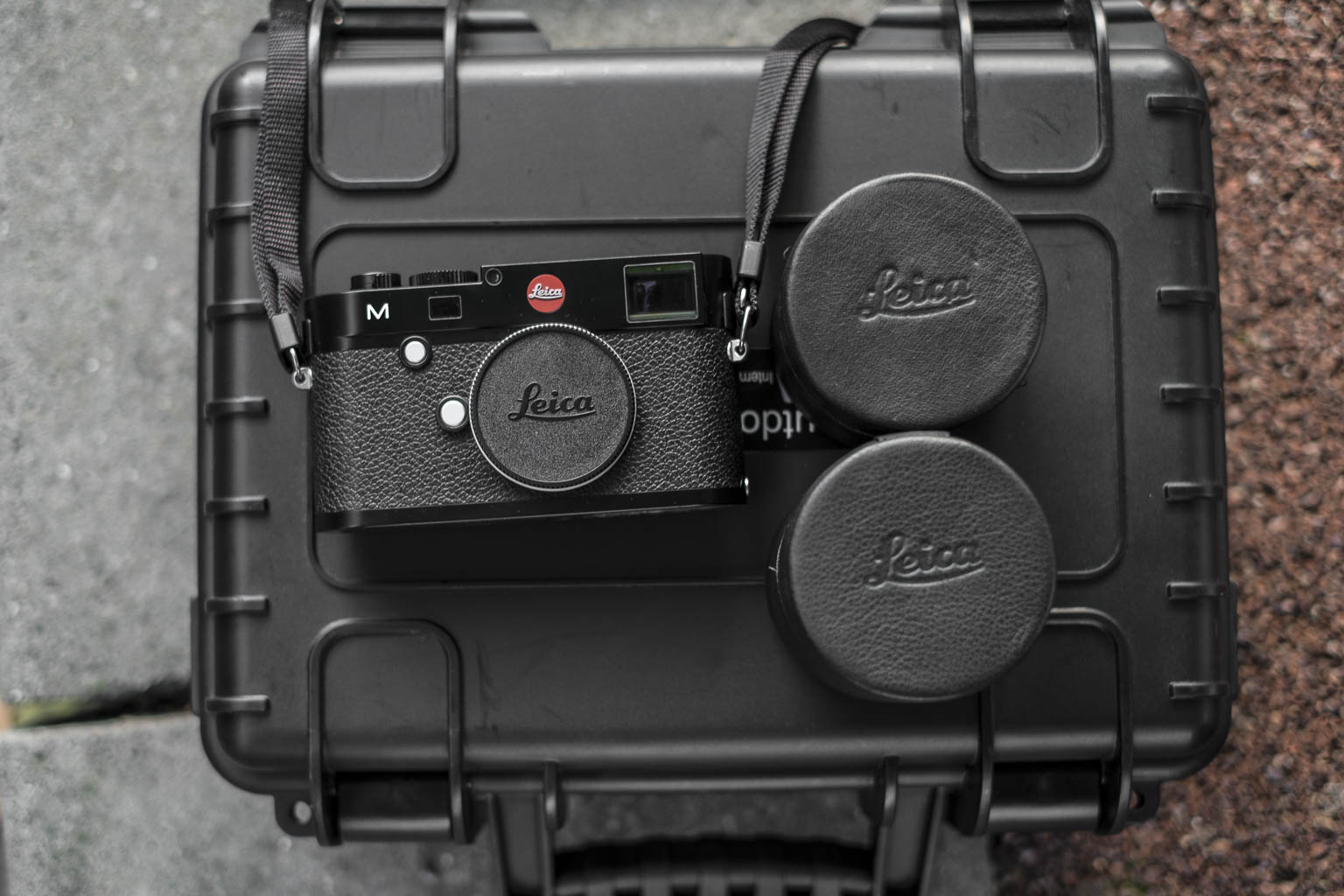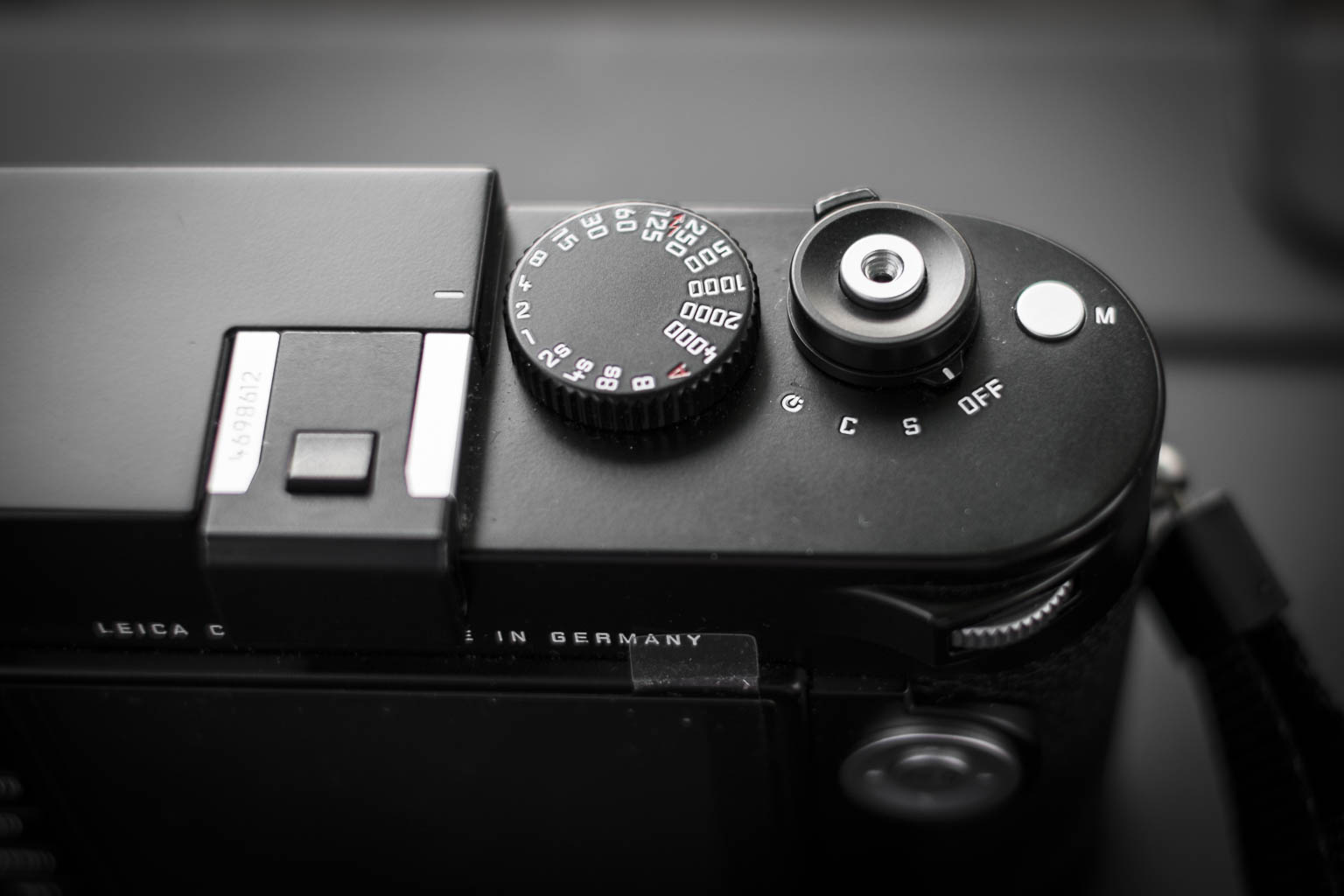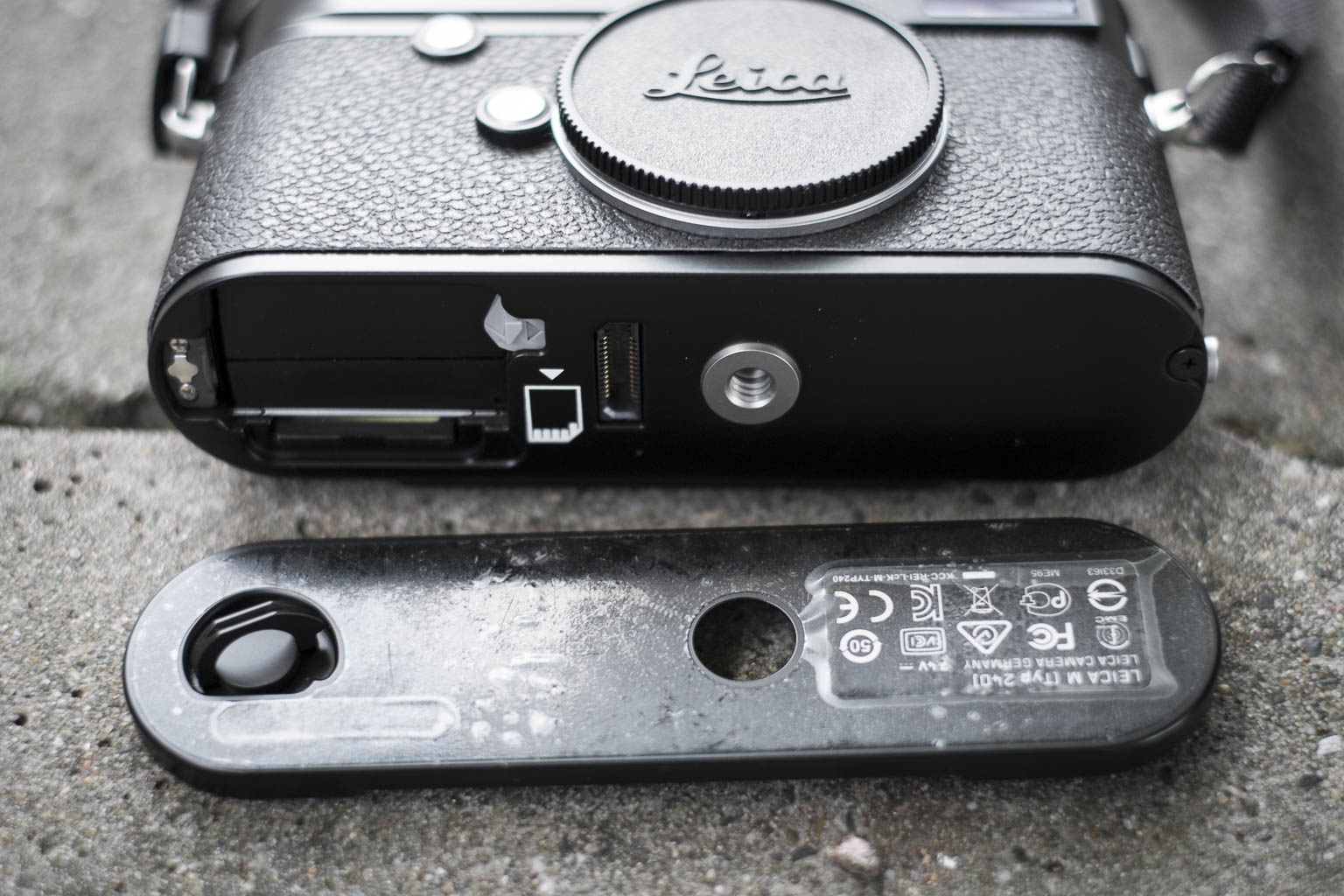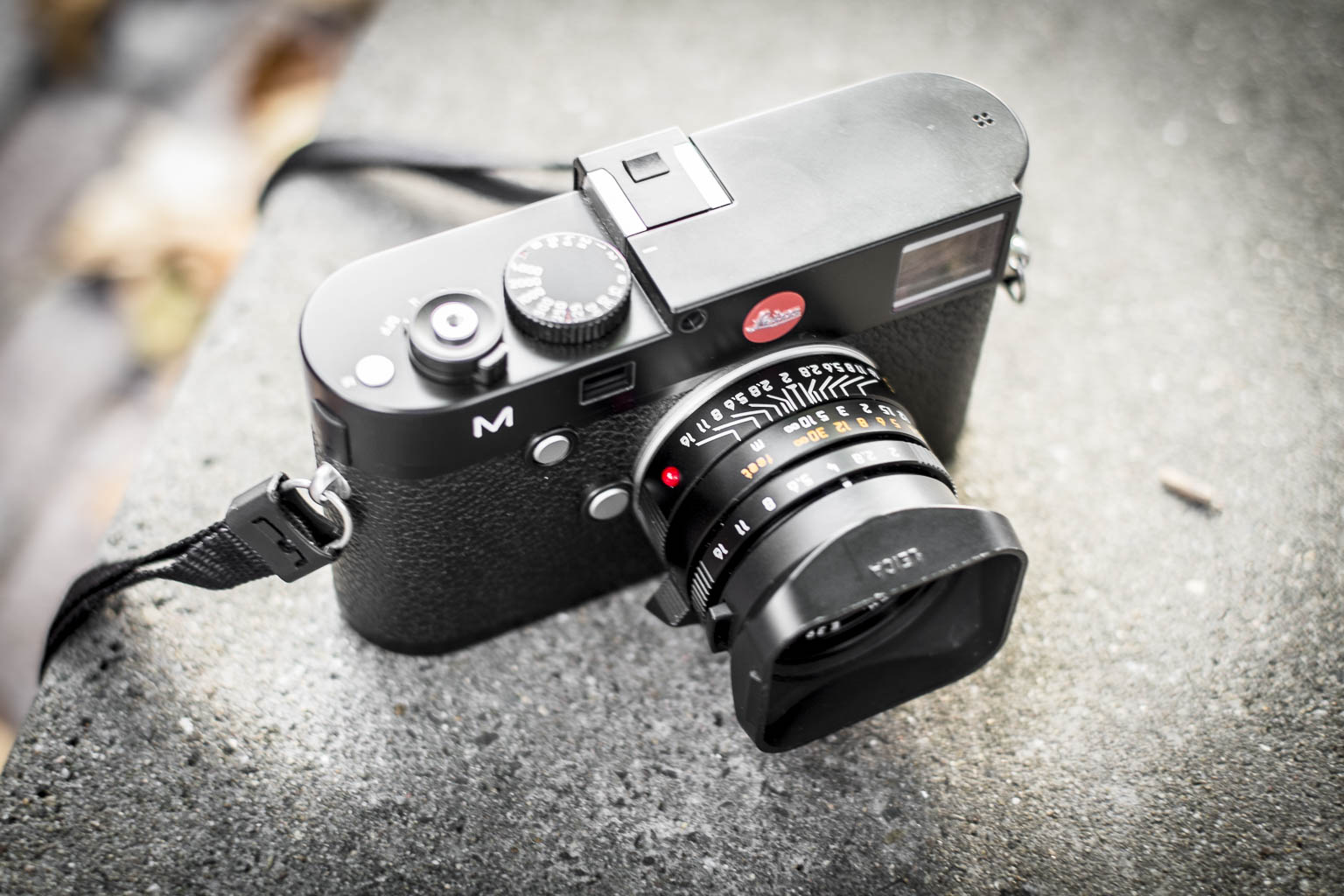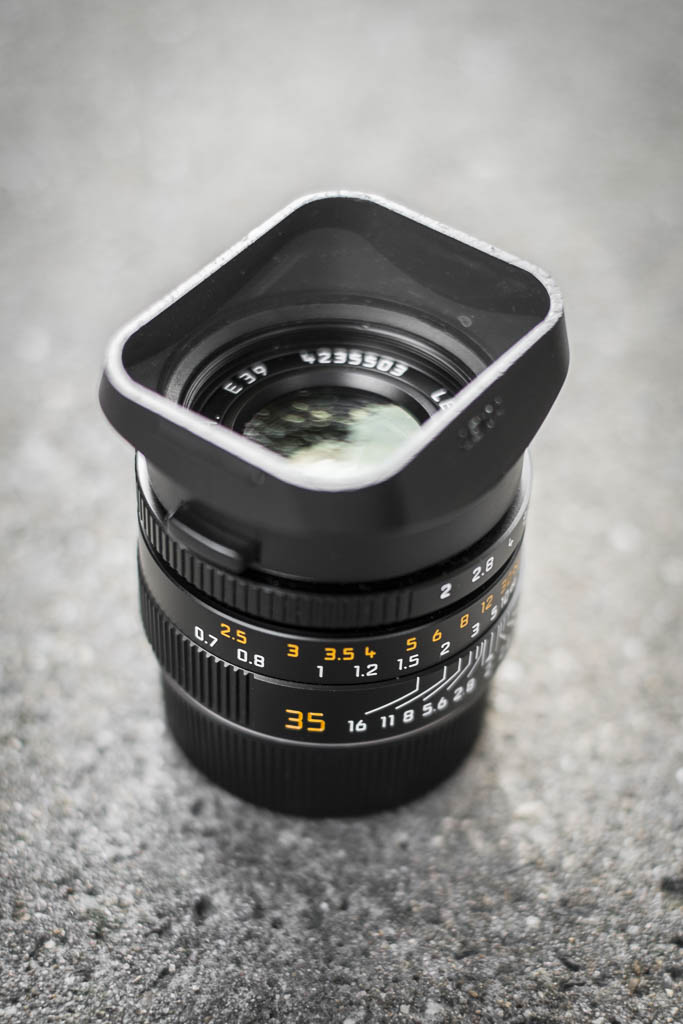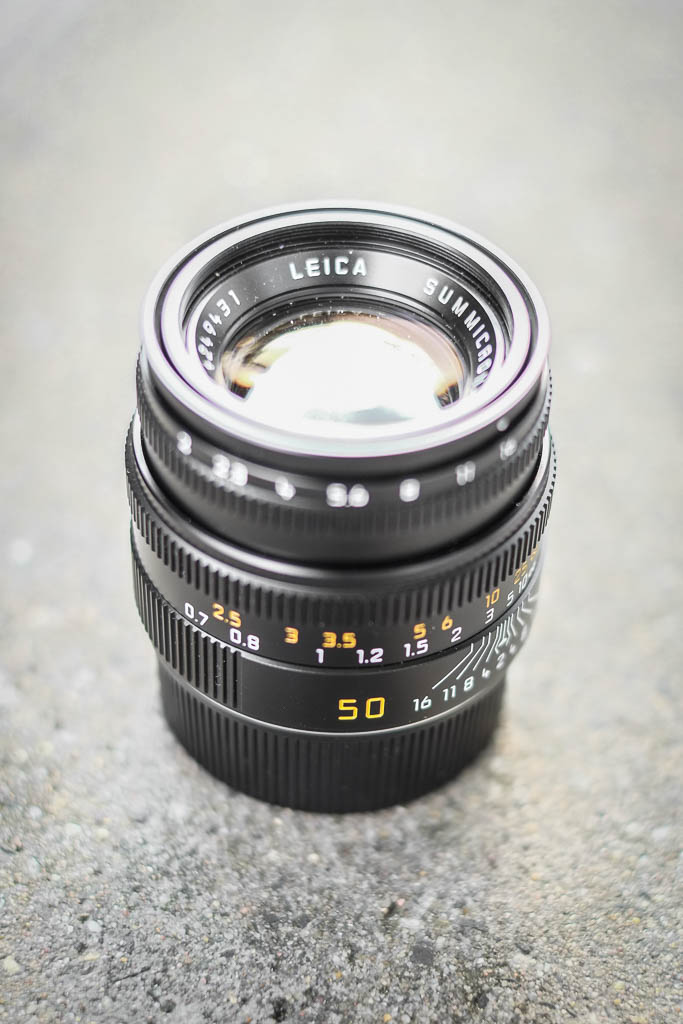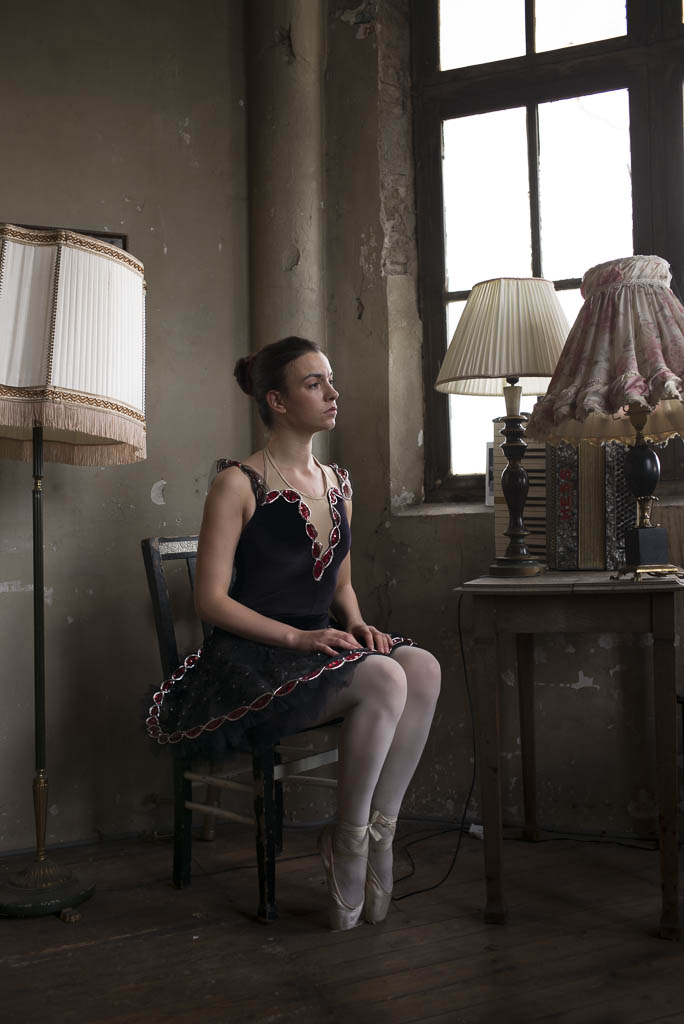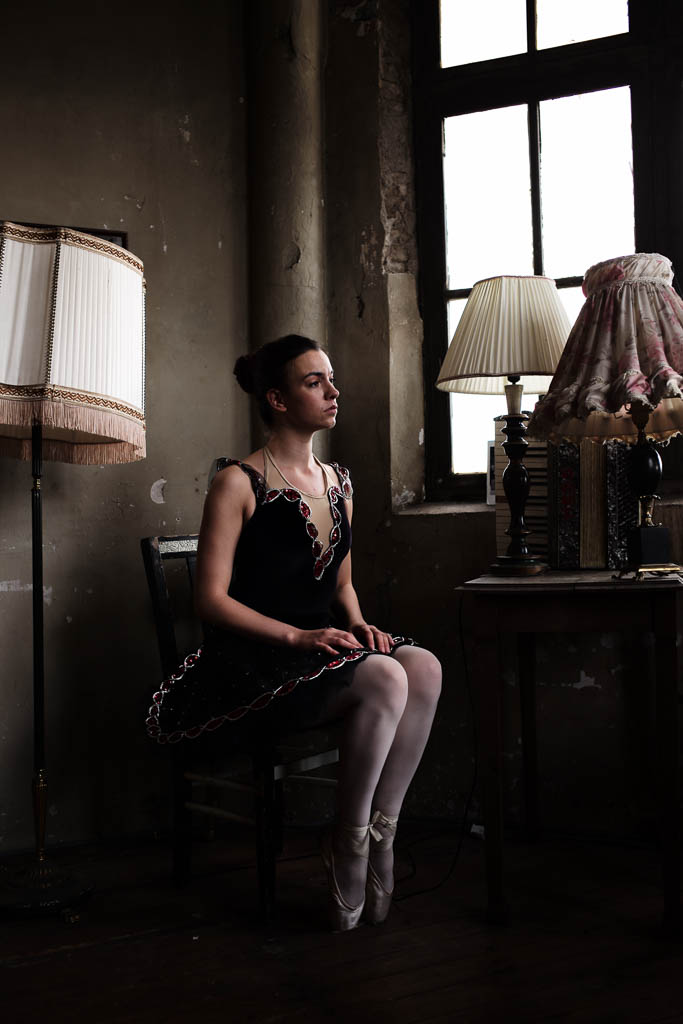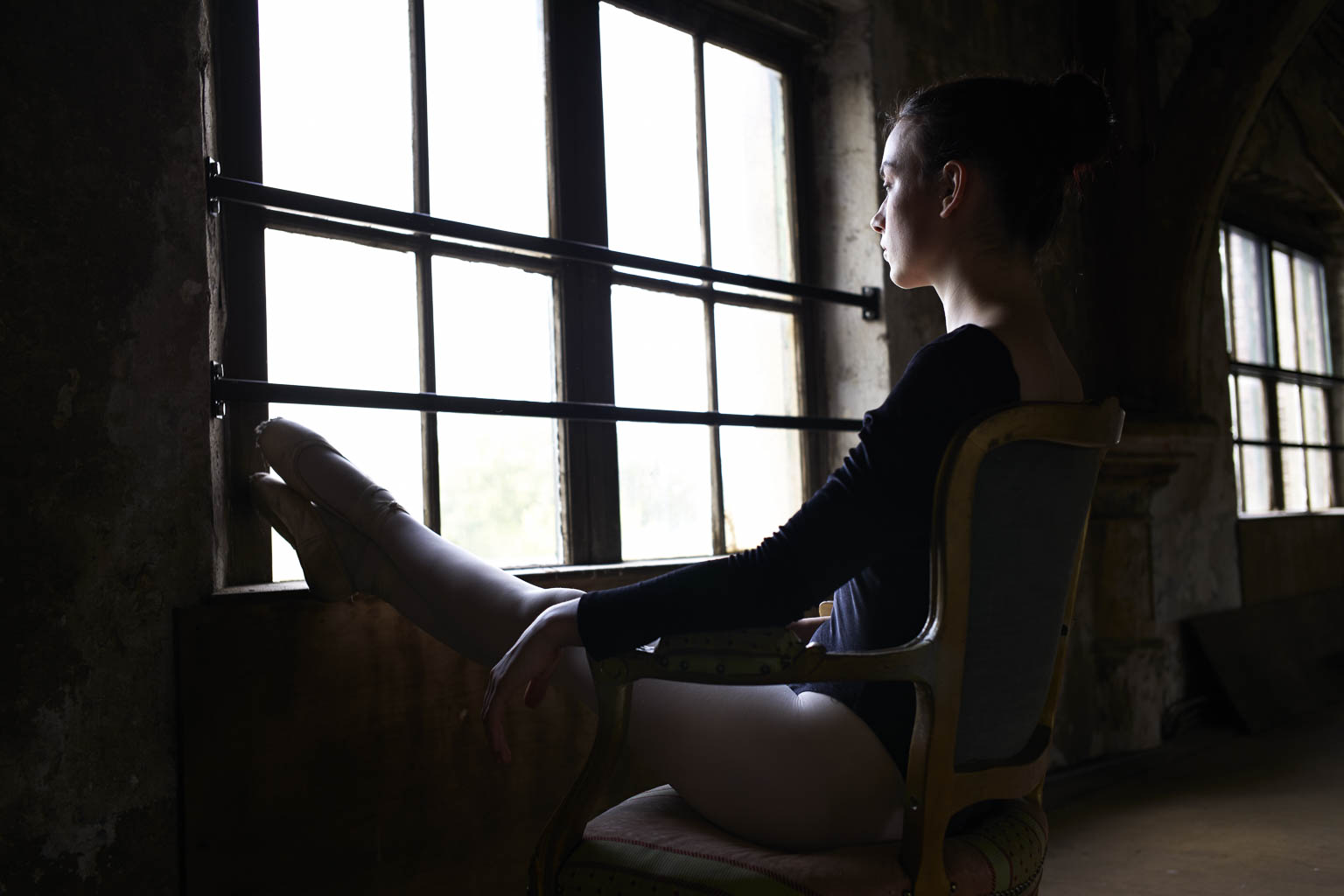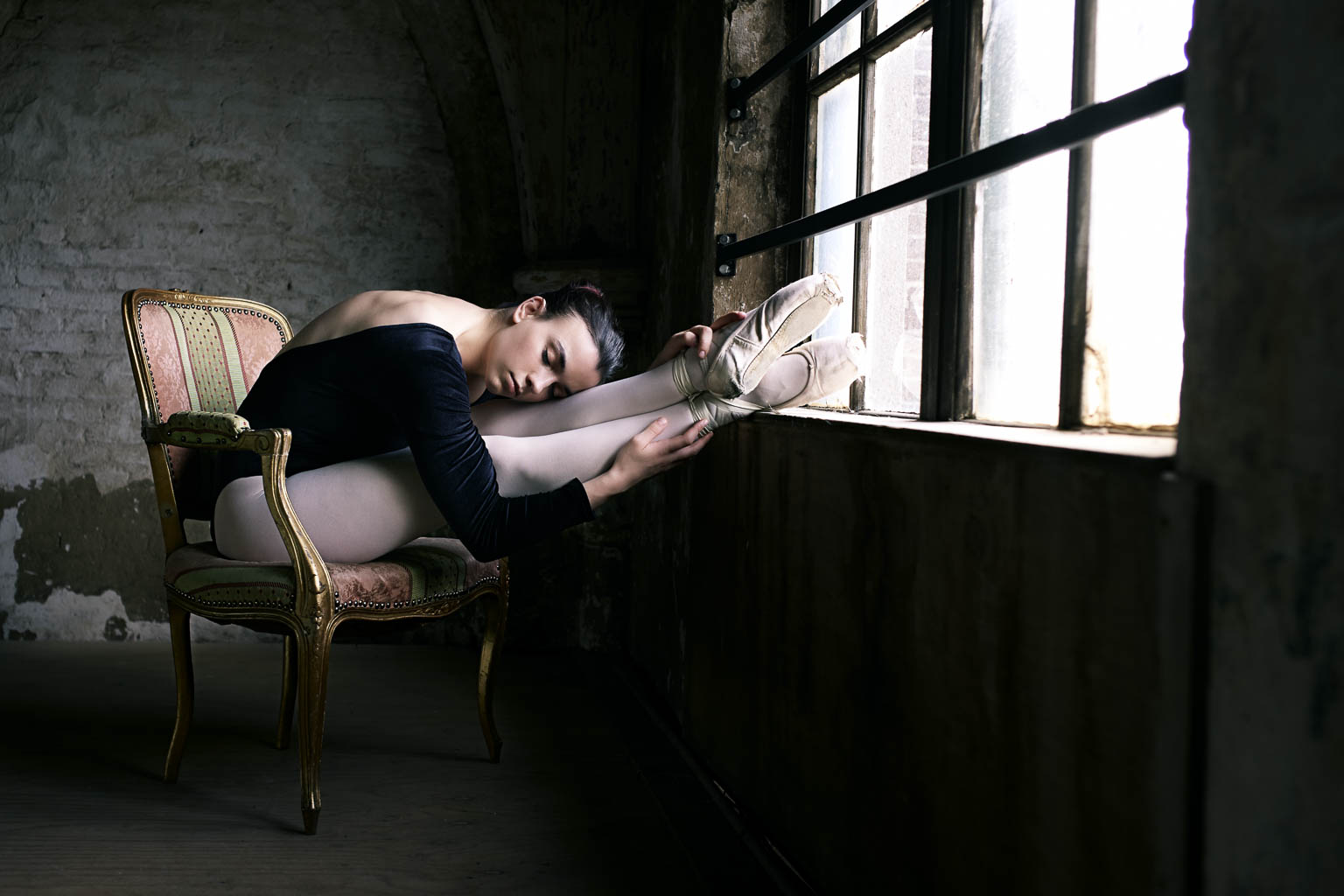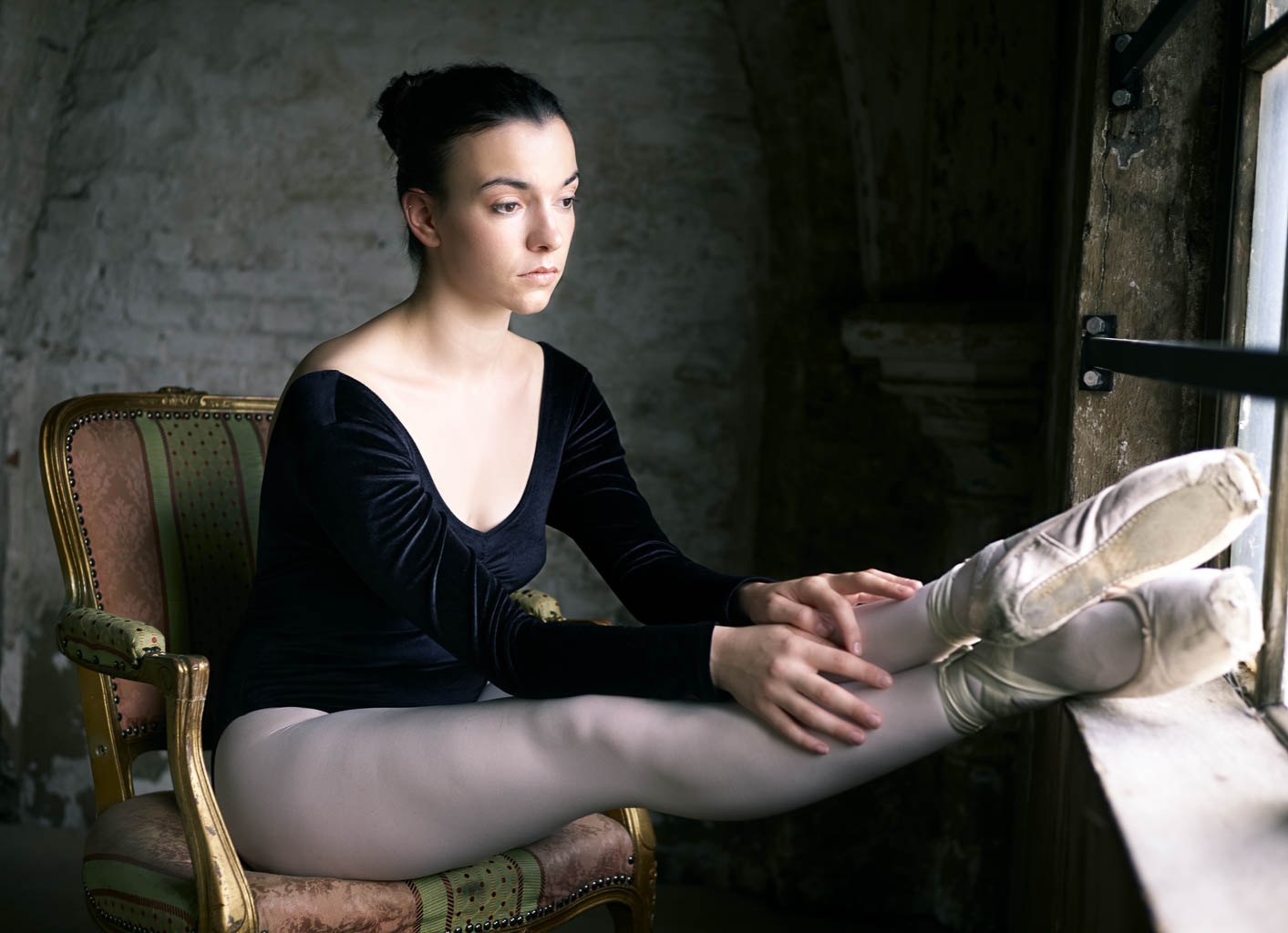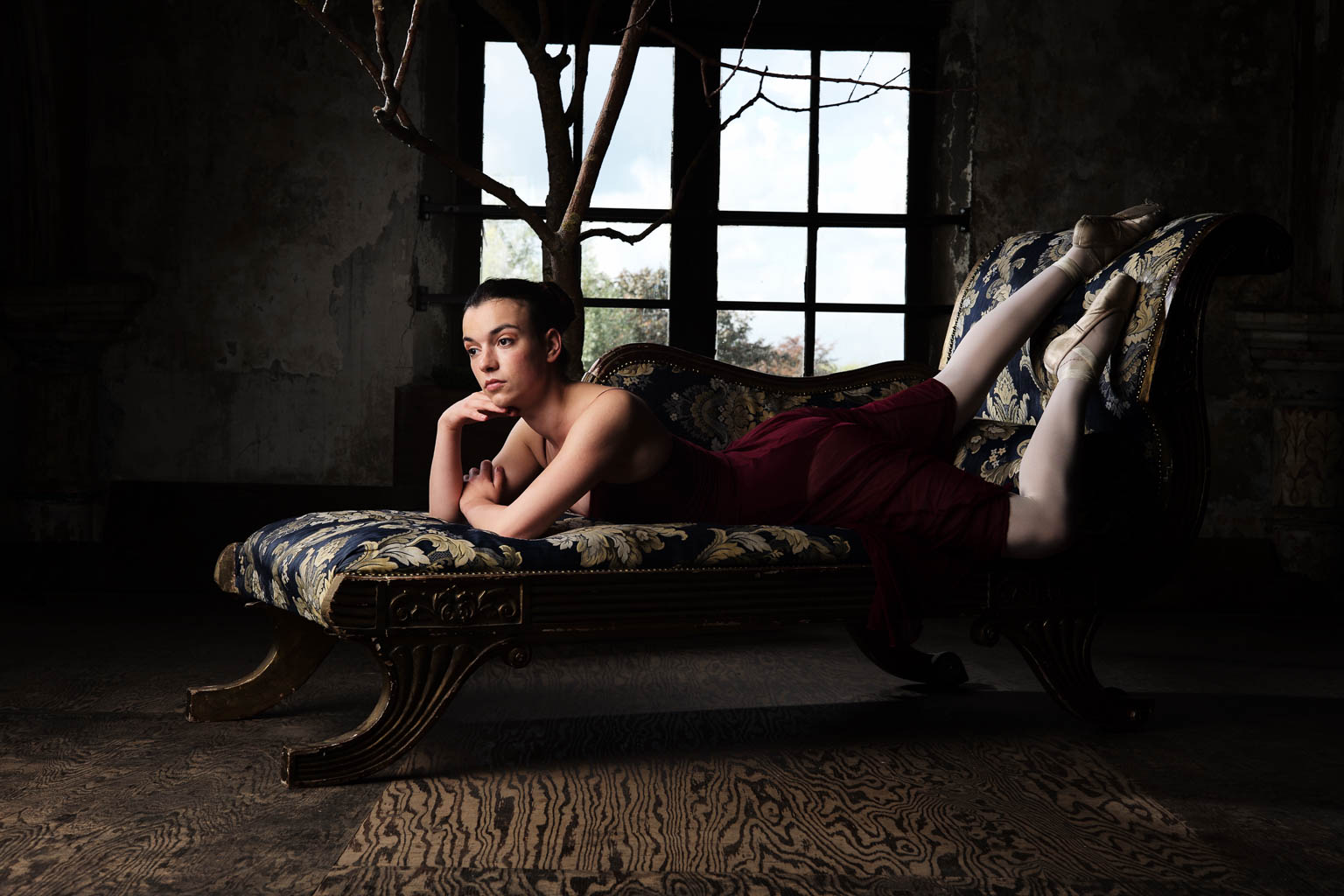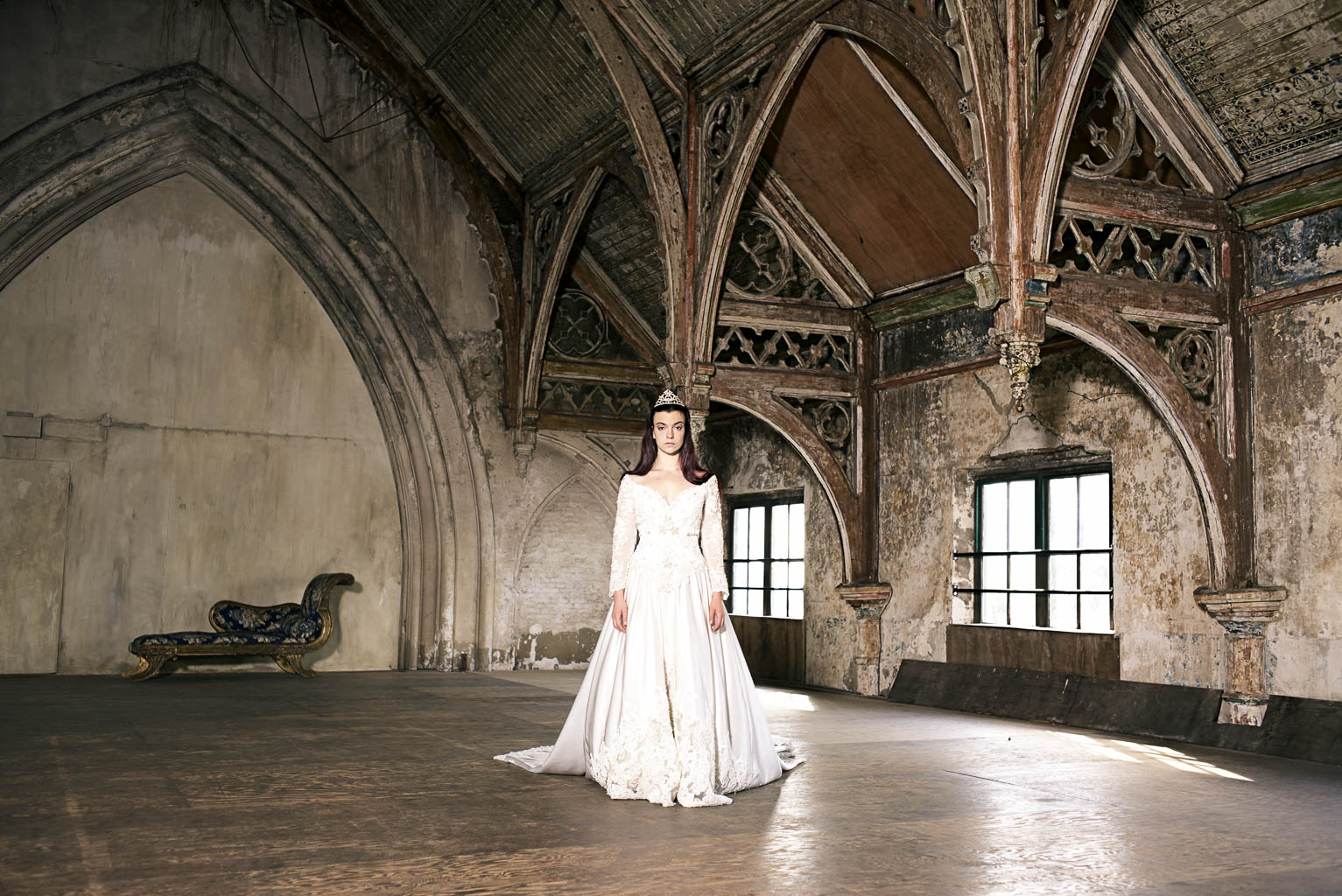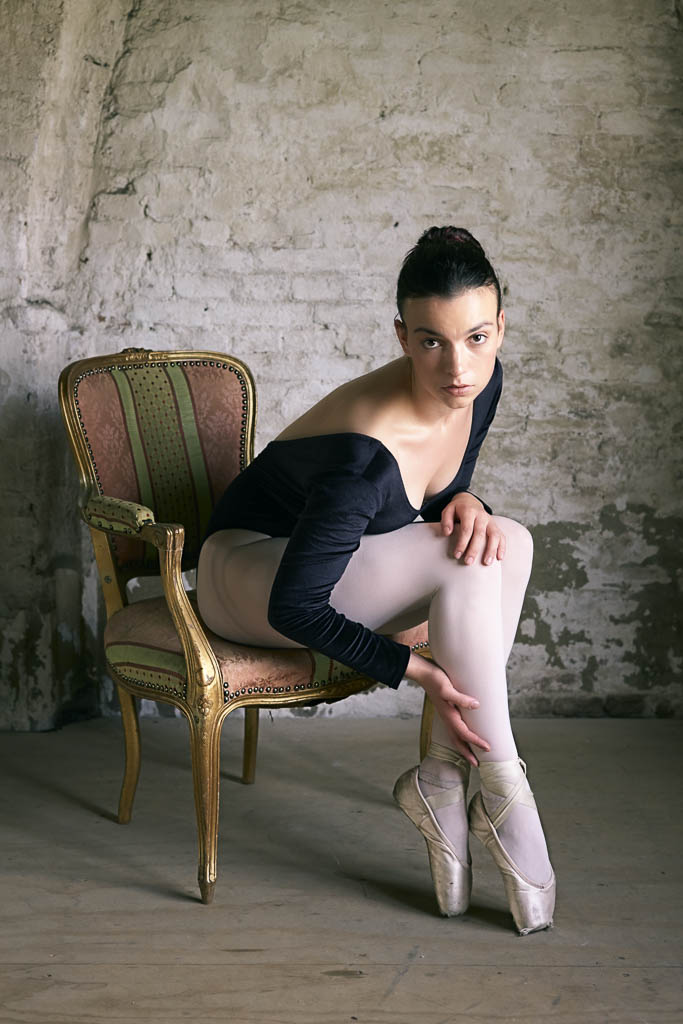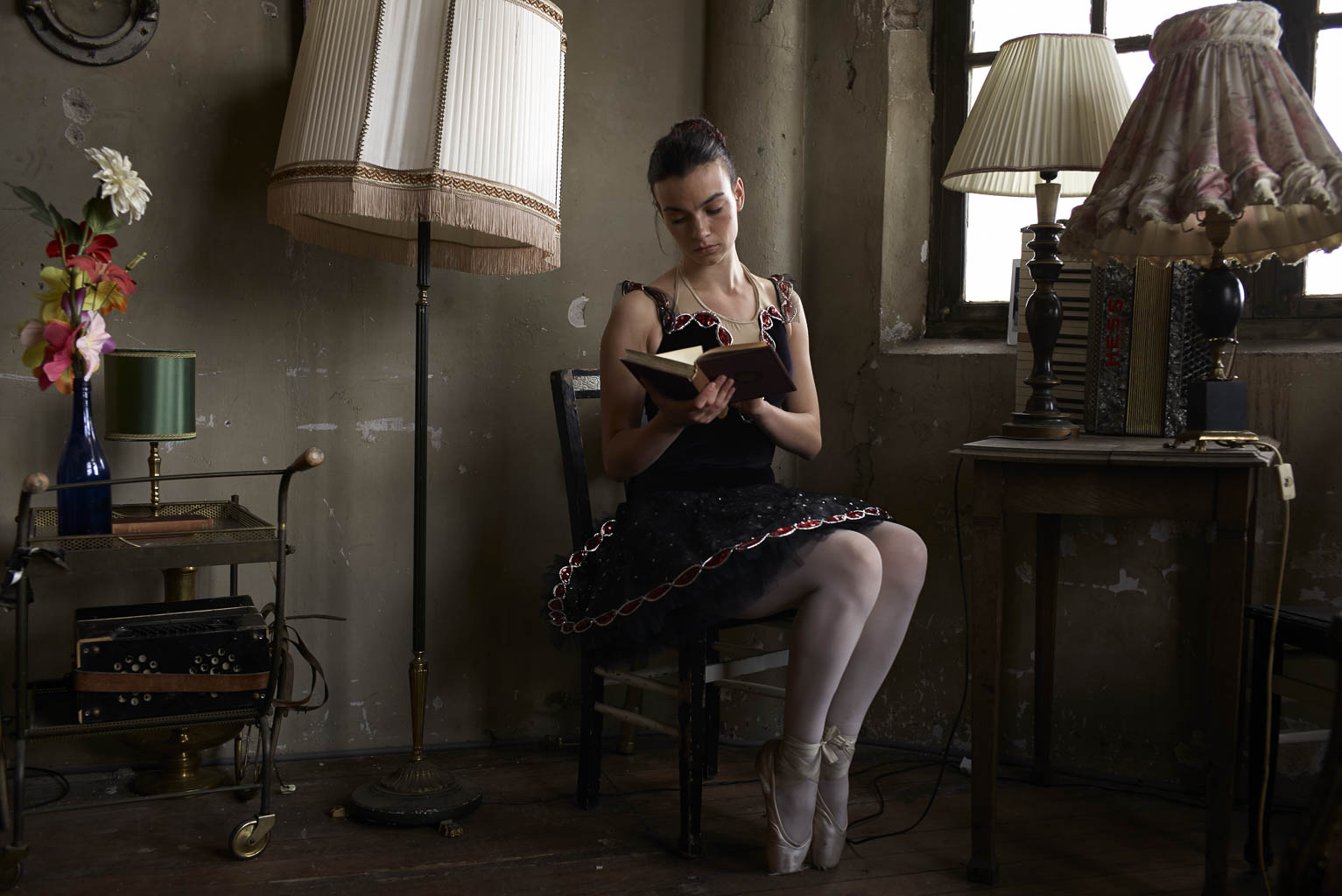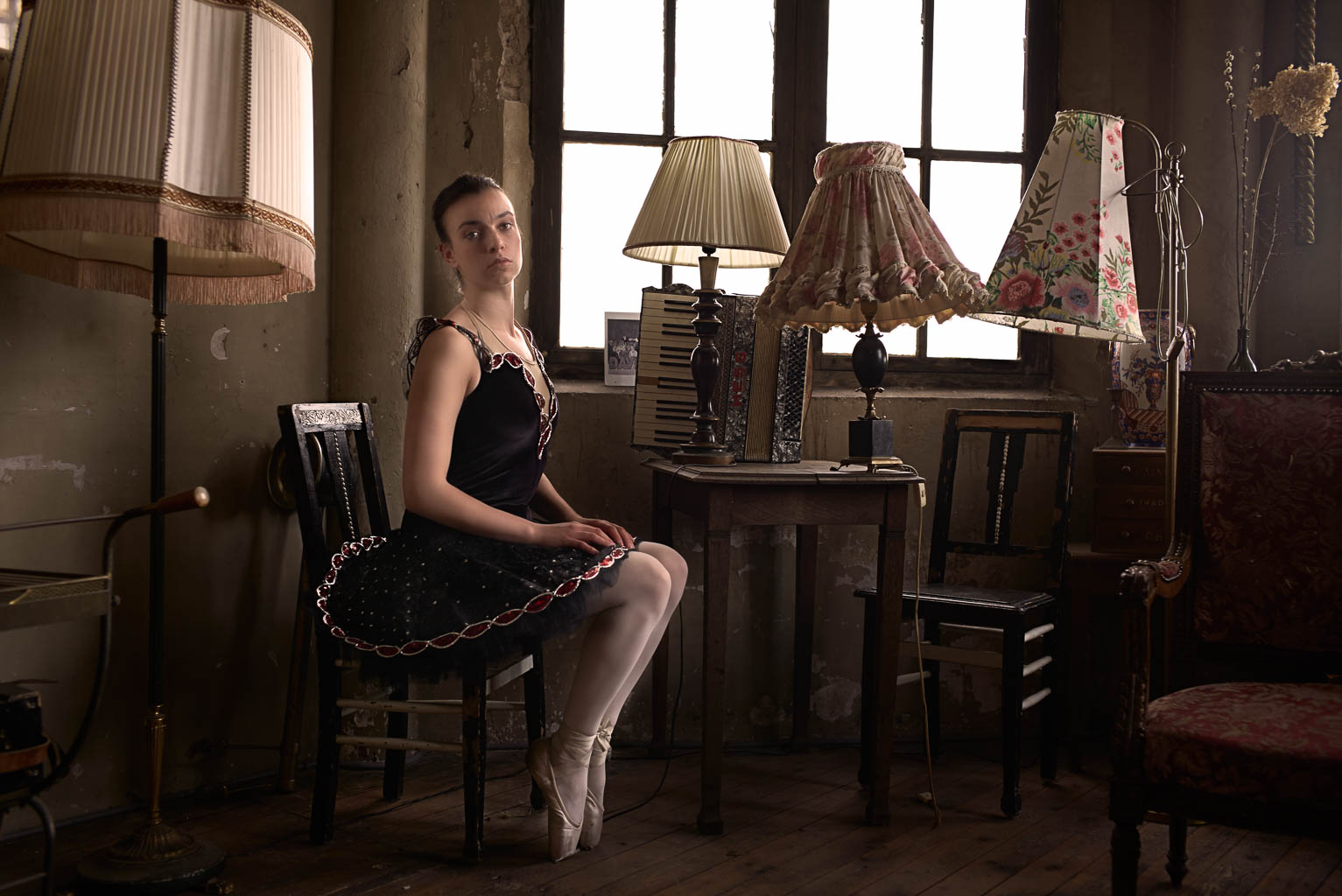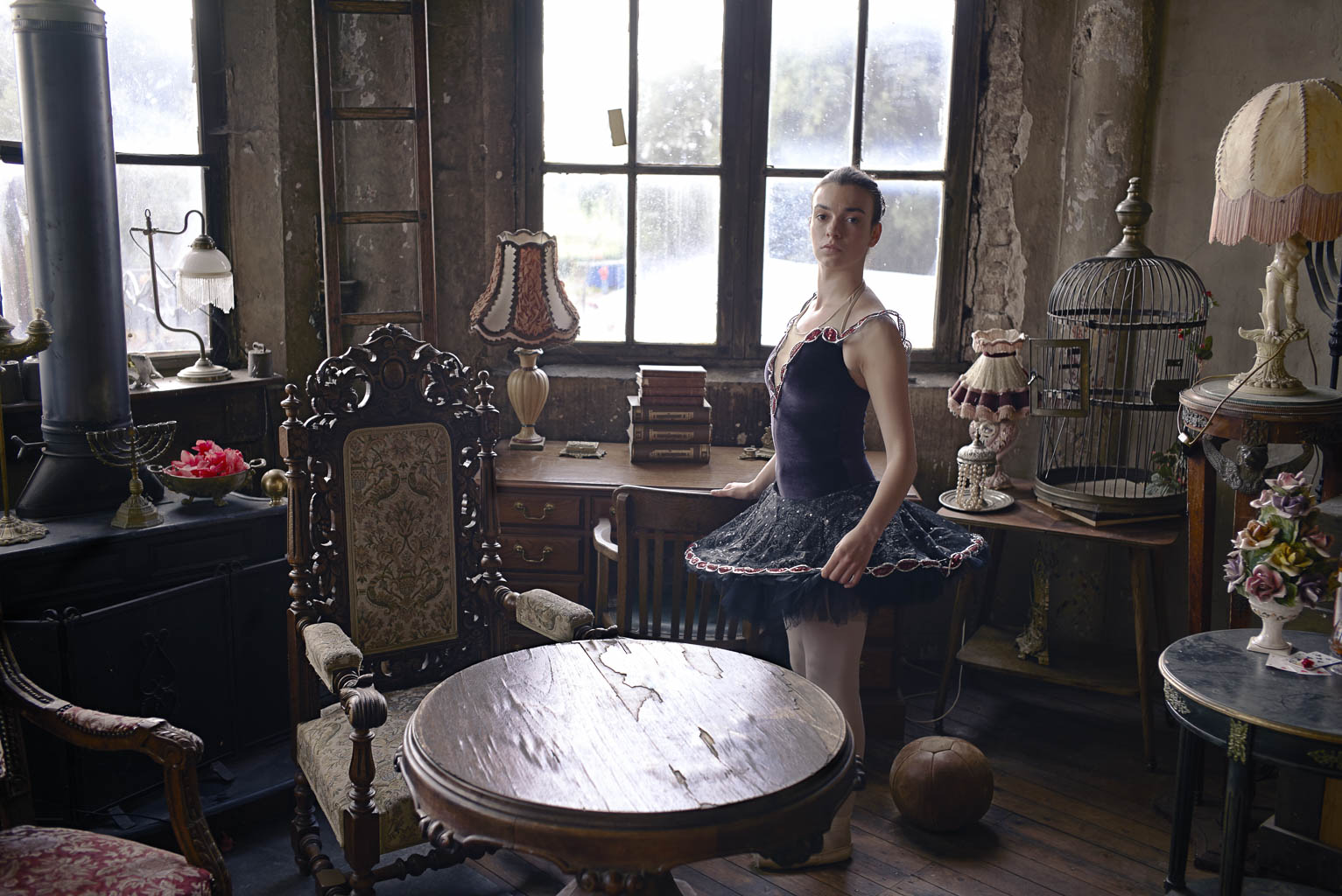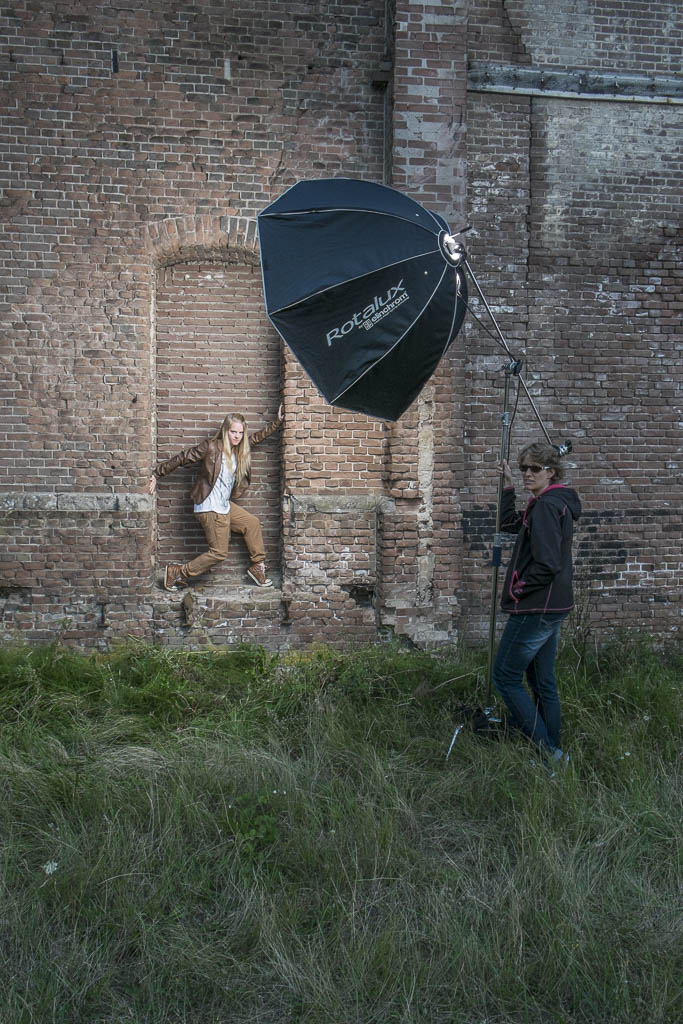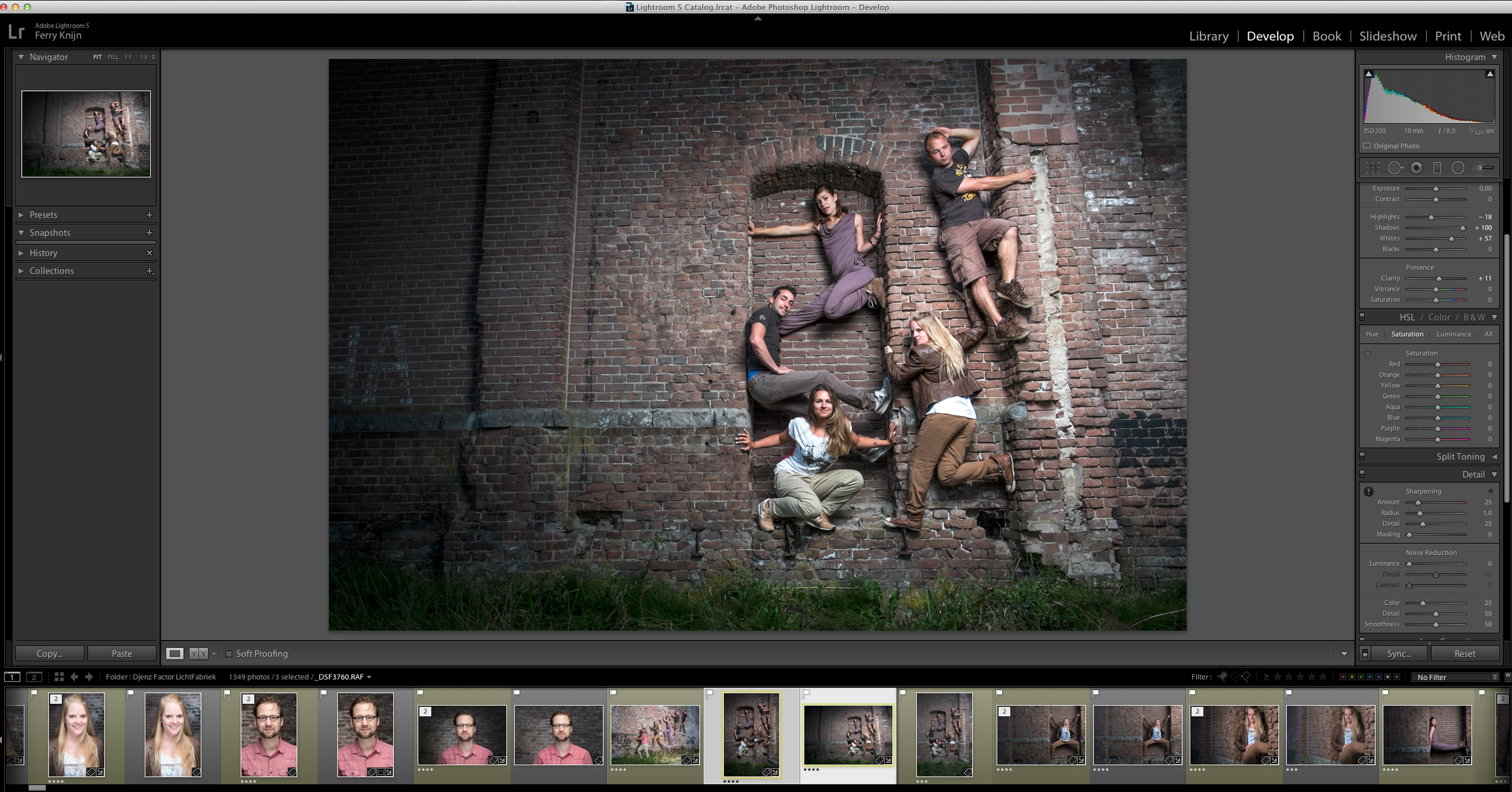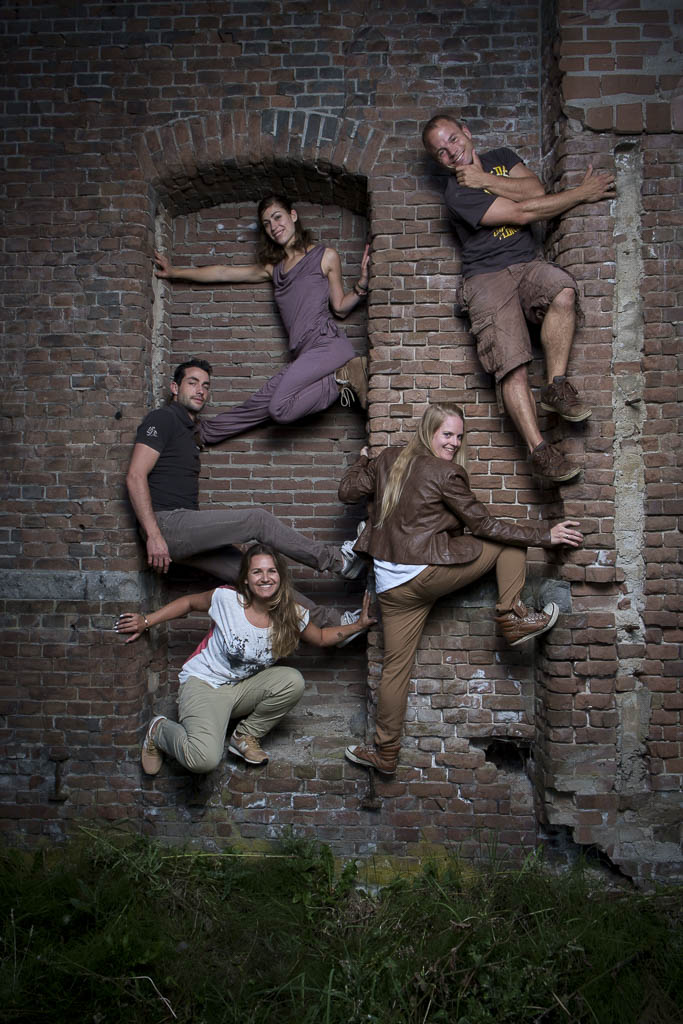Workshop Dansfotografie bij Cafe 't Fortuyn
Zie hier de resultaten van de dansfotografie workshops tijdens de duo workshop fotografie met Geert Langelaan bij cafe 't Fortuyn in Barsingerhorn.
Vandaag heb ik met Geert Langelaan de Duo workshop gegeven. Ik mocht twee keer een workshop dans geven met twee ballerina's. De sfeer in de groepen was erg leuk en de locatie erg mooi!
TIjdens de uitleg had ik de kans om weer een aantal zeer mooie portretten te schieten. En ook een aantal met beweging met lange en korte sluitertijden.
Wil je ook mee leren over dansfotografie in de studio. Op 24 april geef ik weer een workshop bij studio 34x in Almere. Klik hier om je aan te melden!
Alle onderstaande foto's zijn gemaakt met de Nikon D750 Sigma 24-105 art en de Sigma 20mm Art. En alle nabewerking is gedaan in in Capture One 9. Belichting: 1 a 2 Elinchrom lampen en/of een Nikon SB-700.
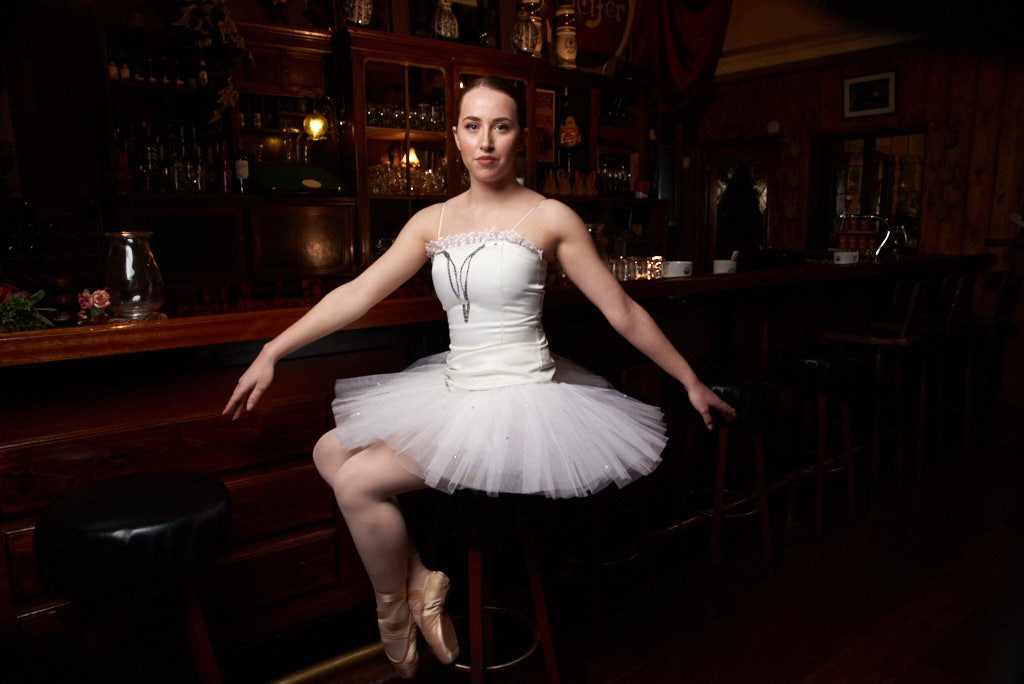
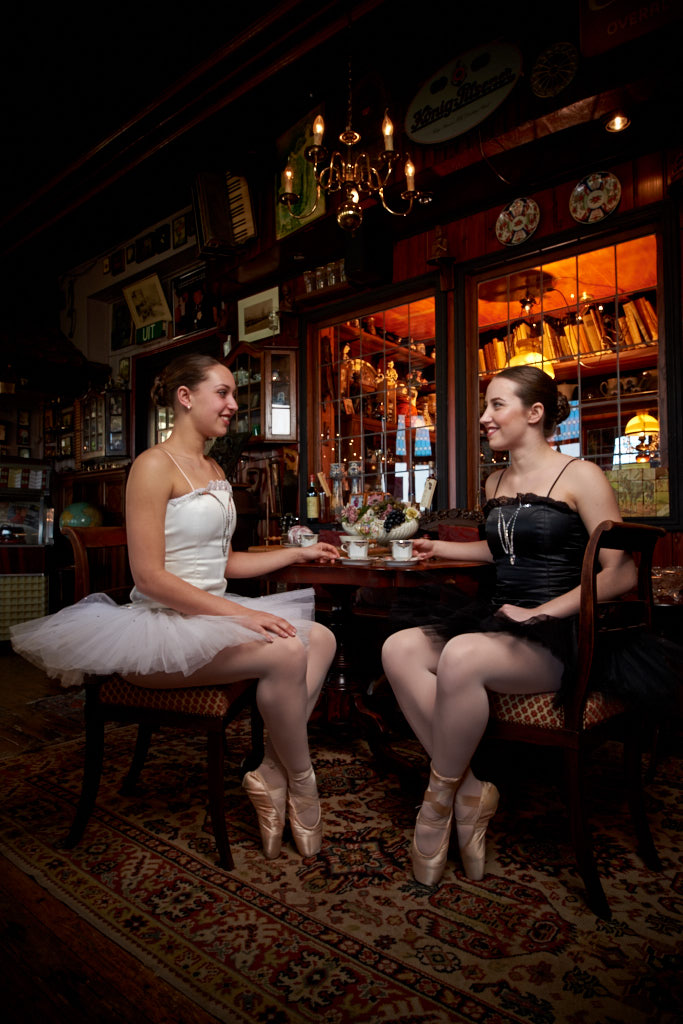
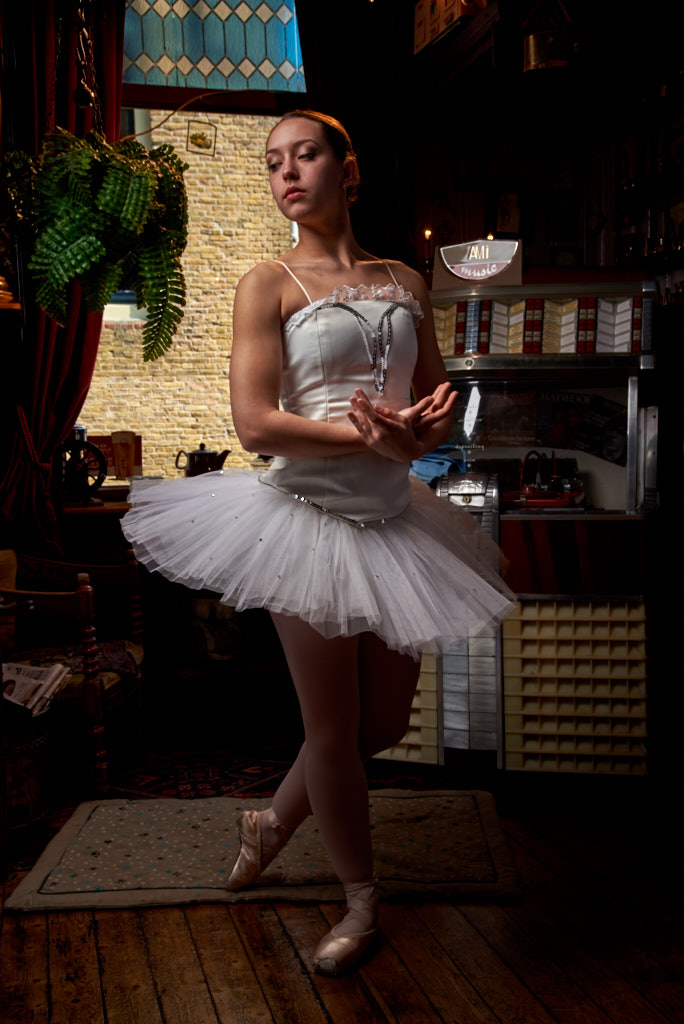
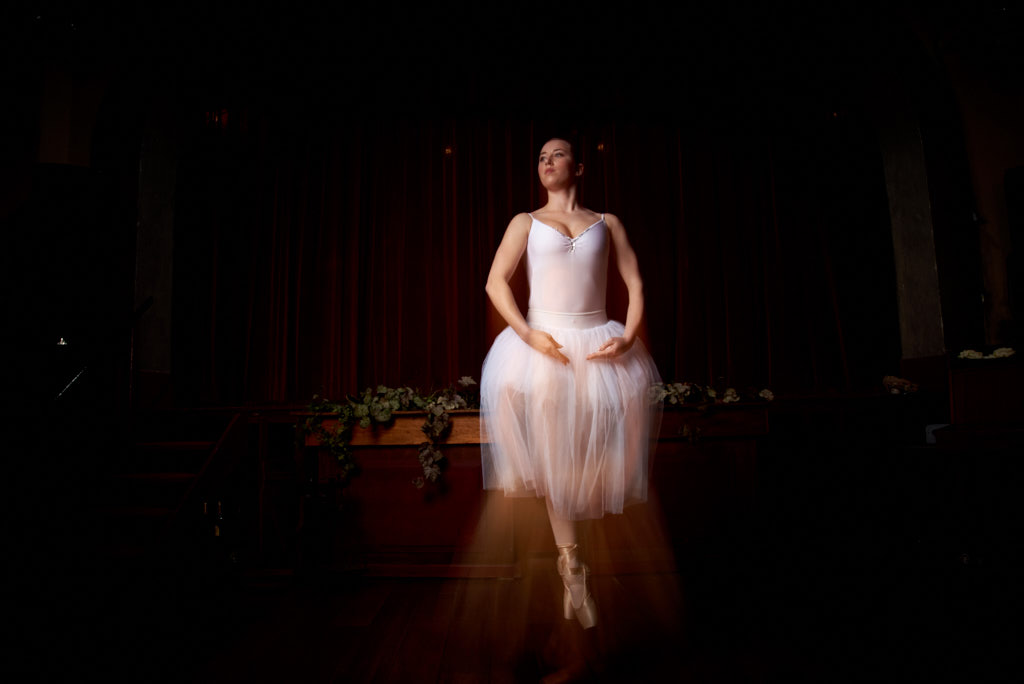
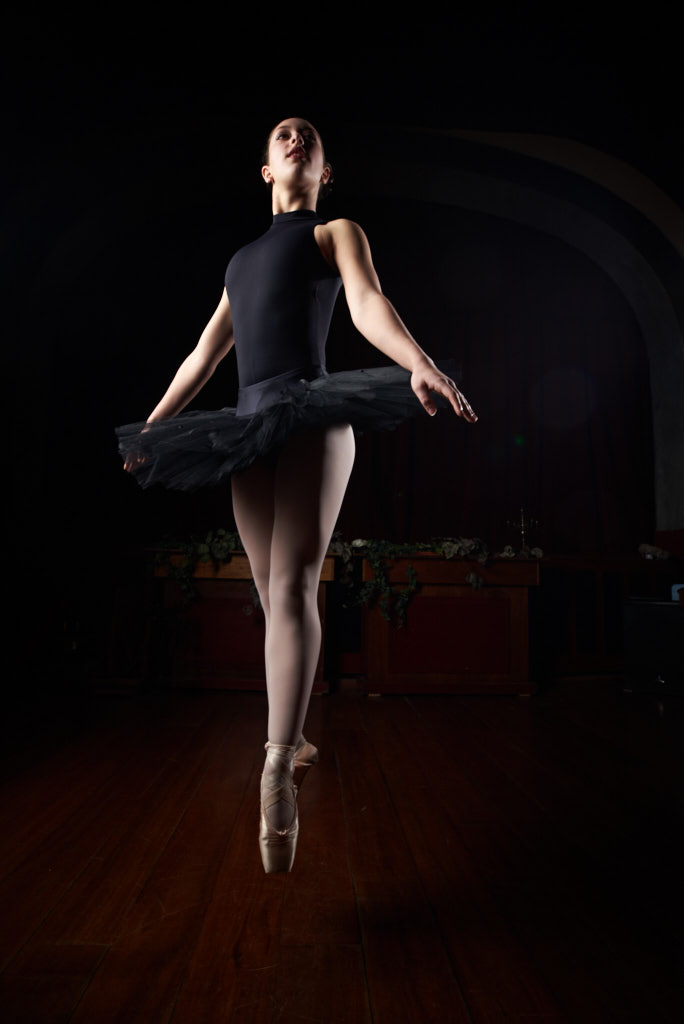
Hierbij tevens een aantal BTS foto's gemaakt door mijn top-assistent Mike Kool:
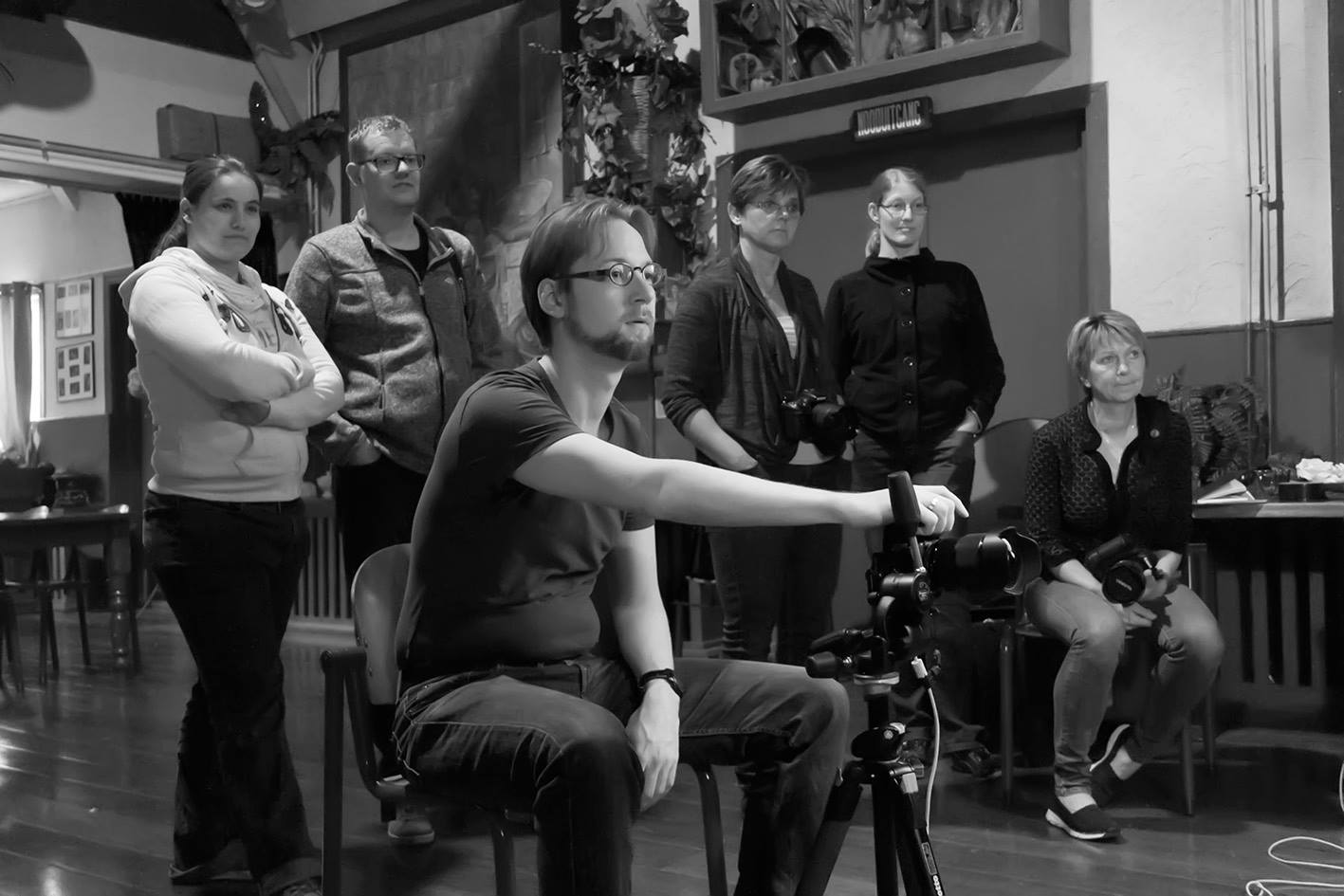
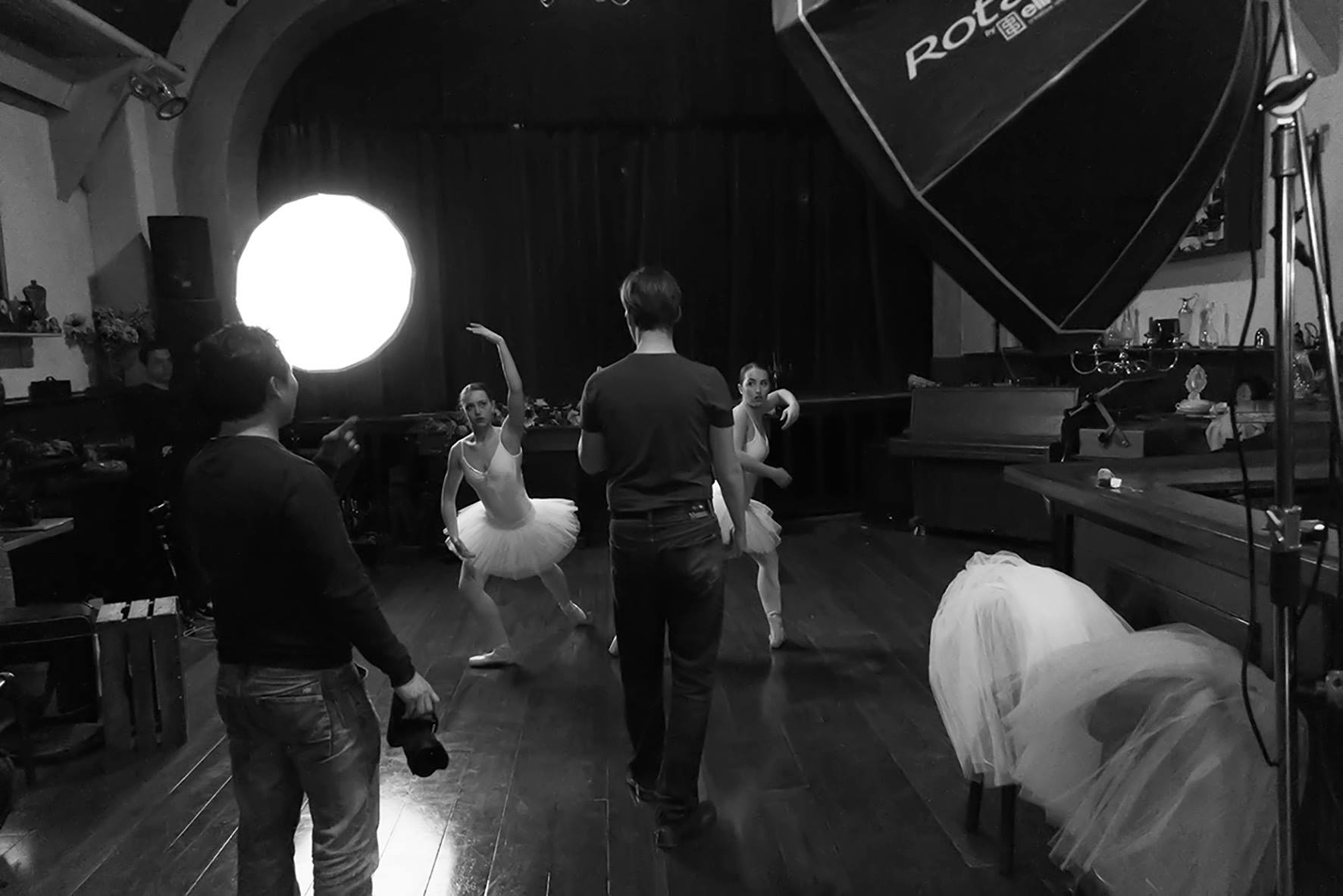

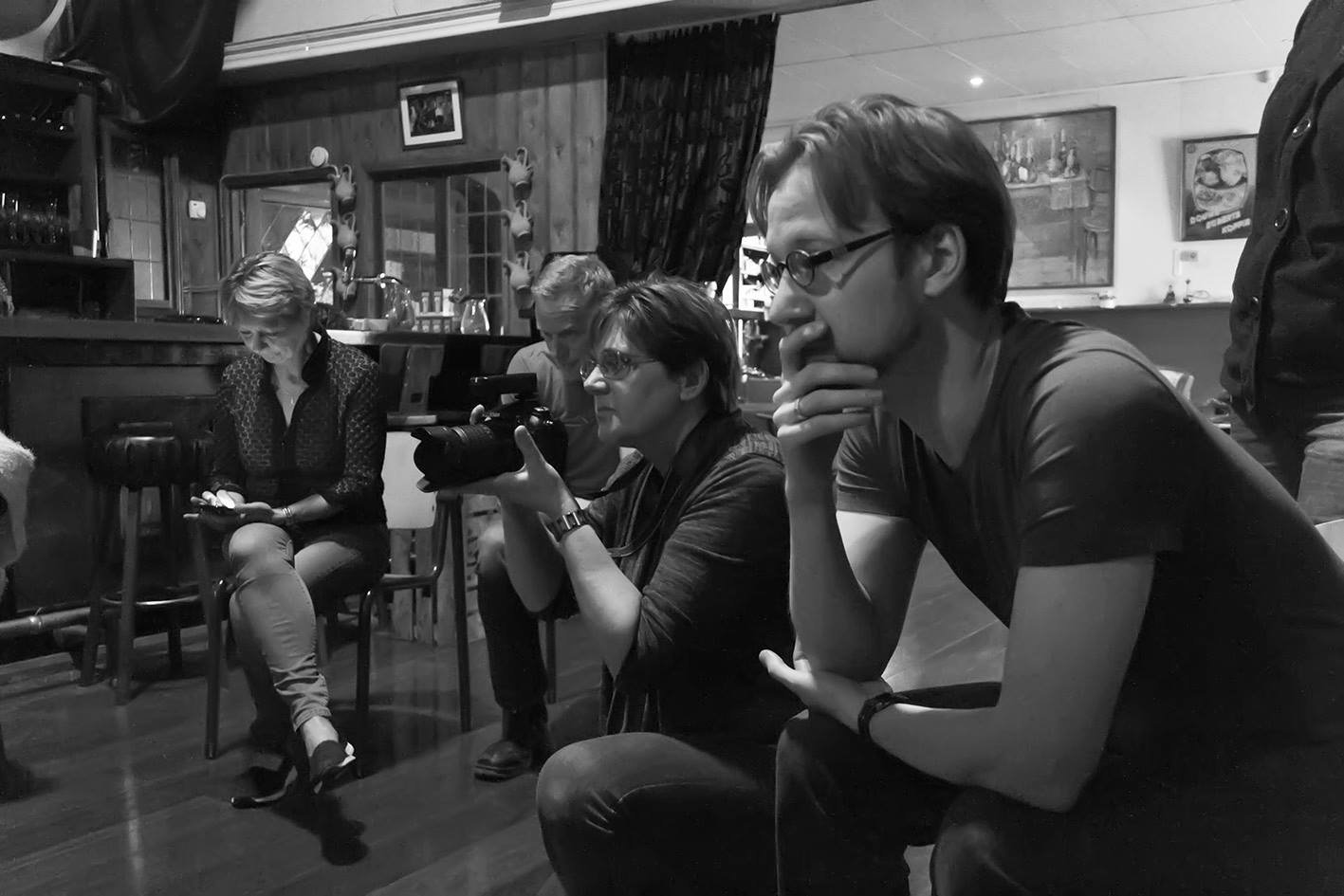
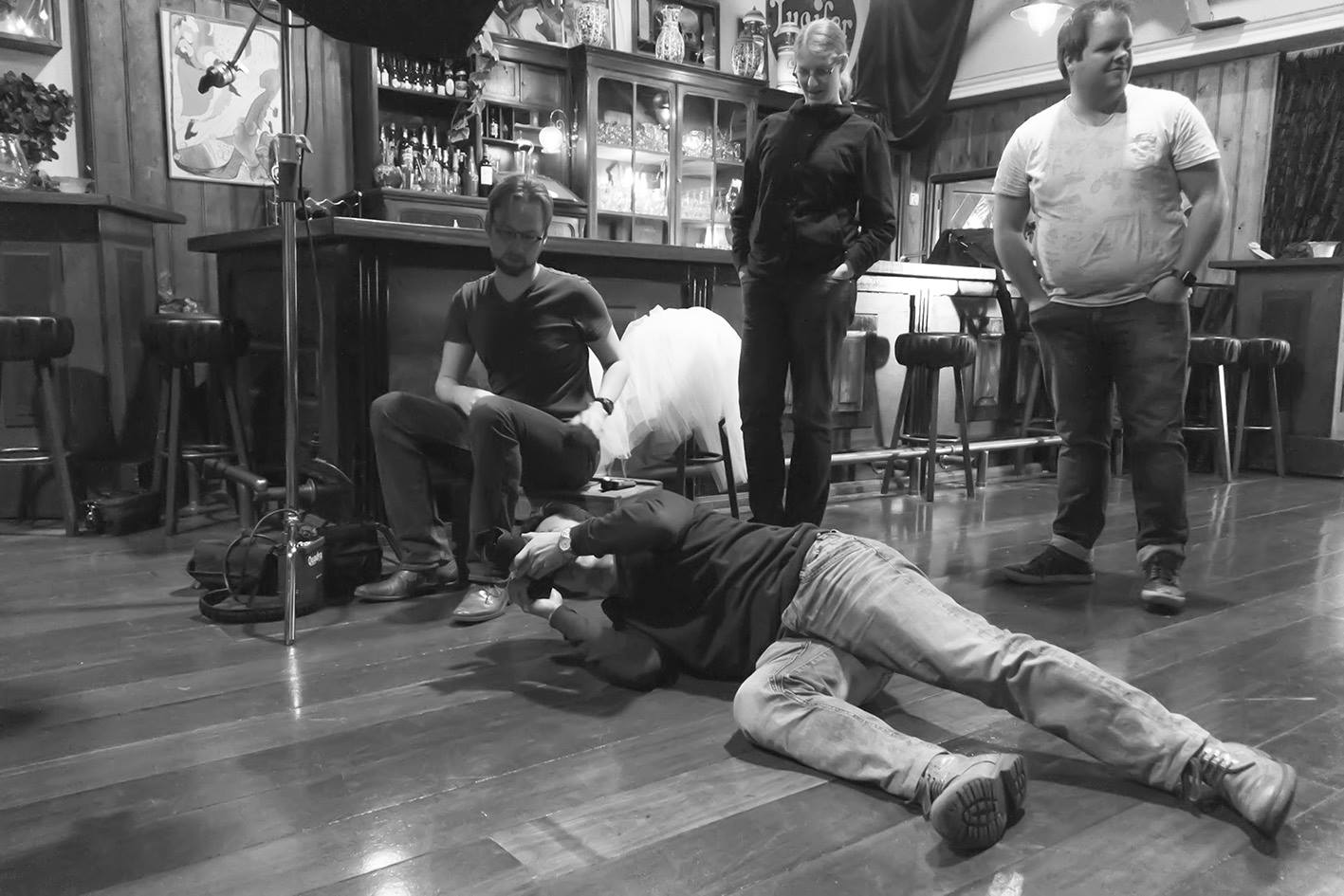
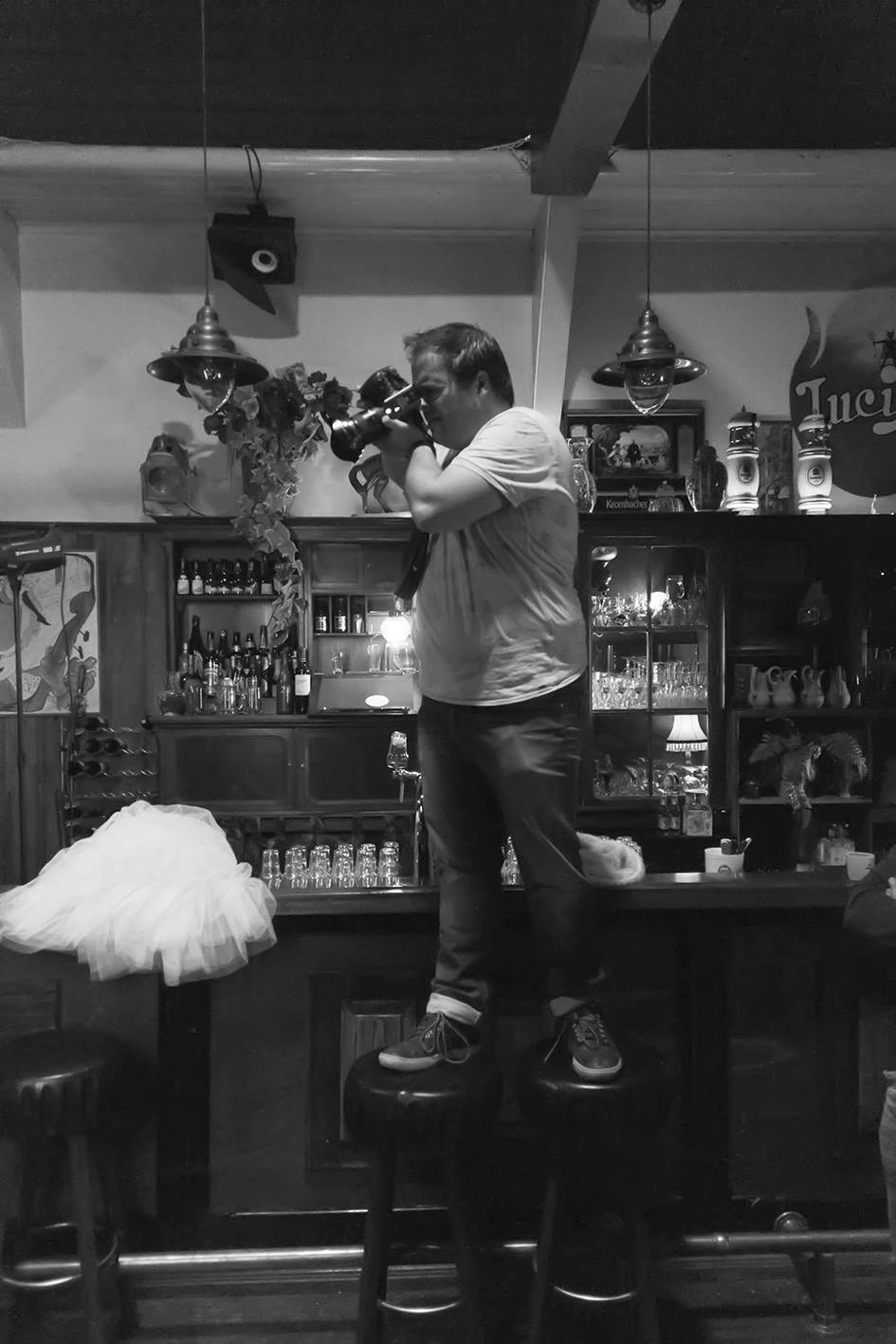
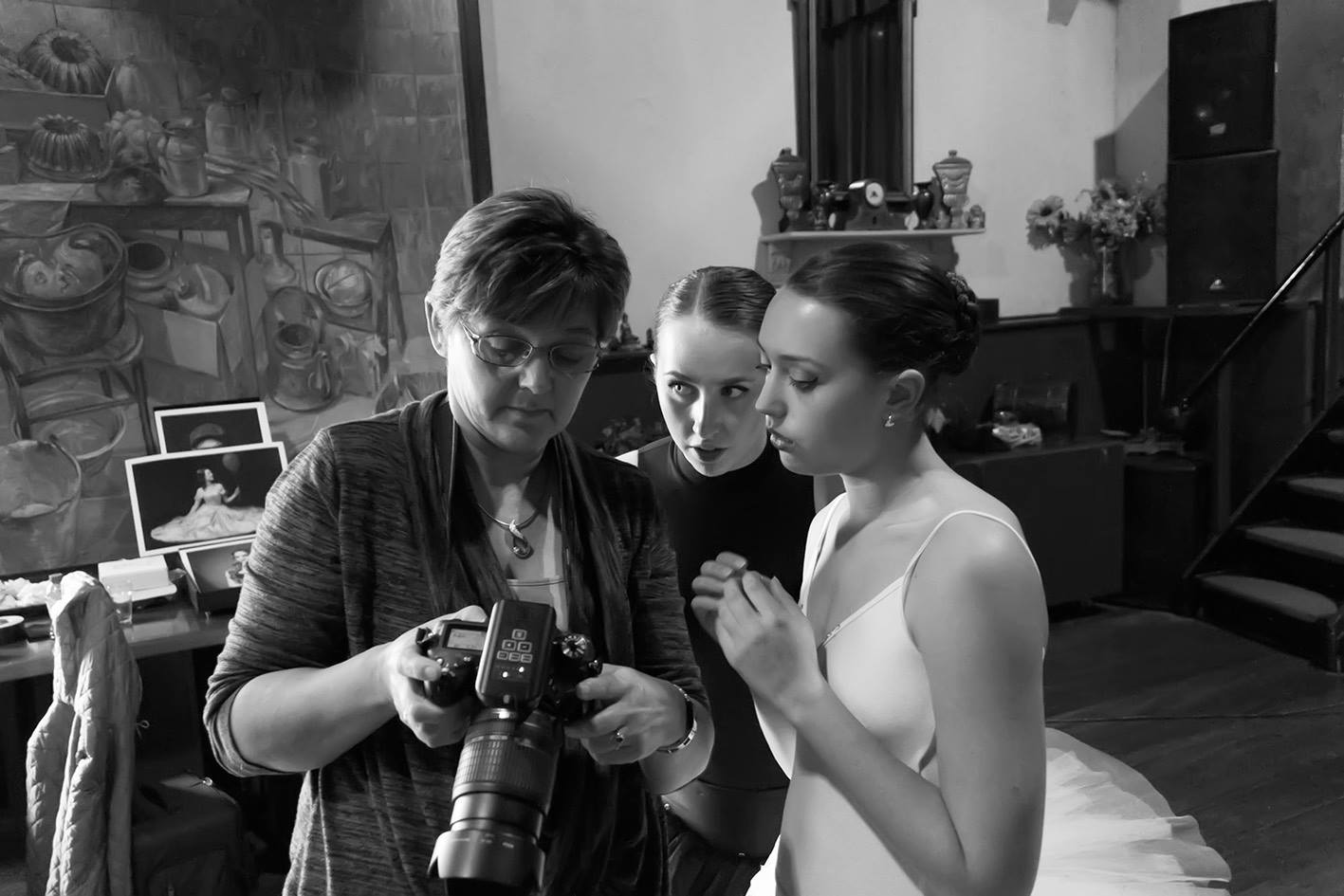
Joyce en Jason
Hier zijn de eerste beelden van de familie/dans portretshort van de sessie met Joyce en Jason voor hun fotoboek!
Een paar weken gelden kreeg ik van Joyce het verzoek of ik een shot met haar en haar zoon wilde doen. Haar zoontje danst nu ook en ze wilde ook gewoon foto's van hun beide samen! Dus had ik voorgesteld om een mooi boek van hun samen te maken. Dus een zaterdag ochtend zijn ze langs gekomen voor de shoot. Het was een heerlijke shoot om te doen en de CD van Frozen kan ik ondertussen nu dromen!
Hier onderstaan een paar van de foto's de in het boek gekomen zijn!

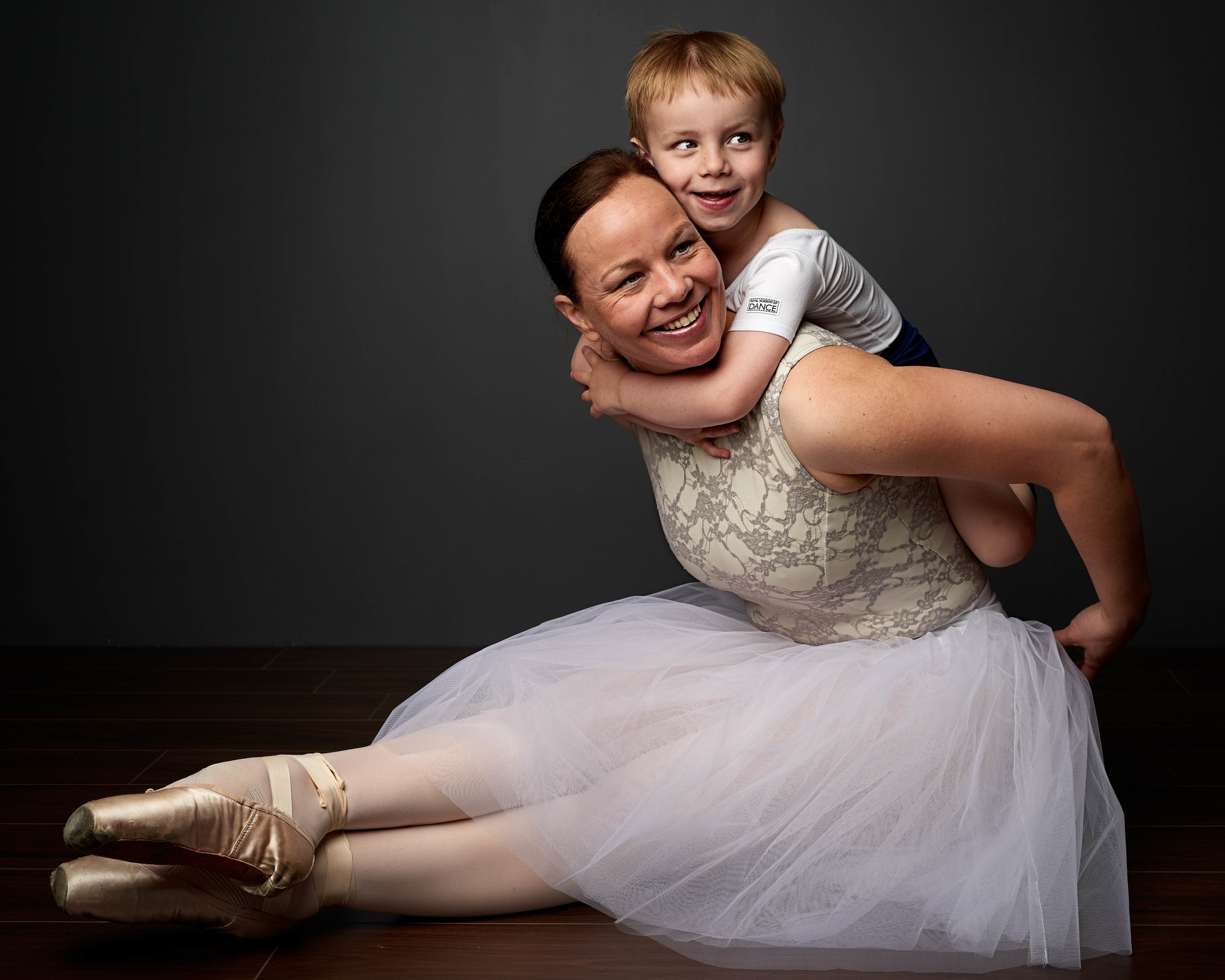
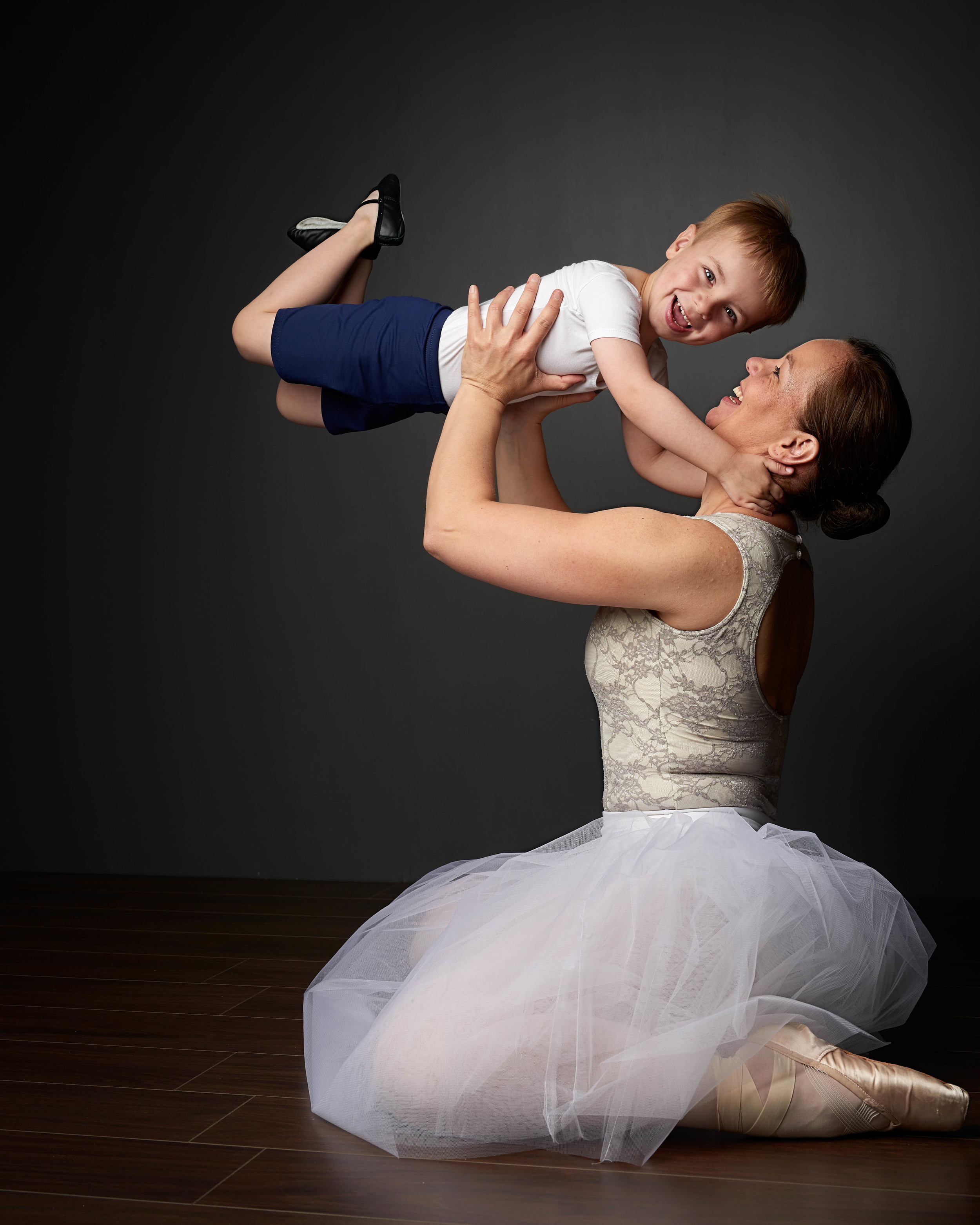
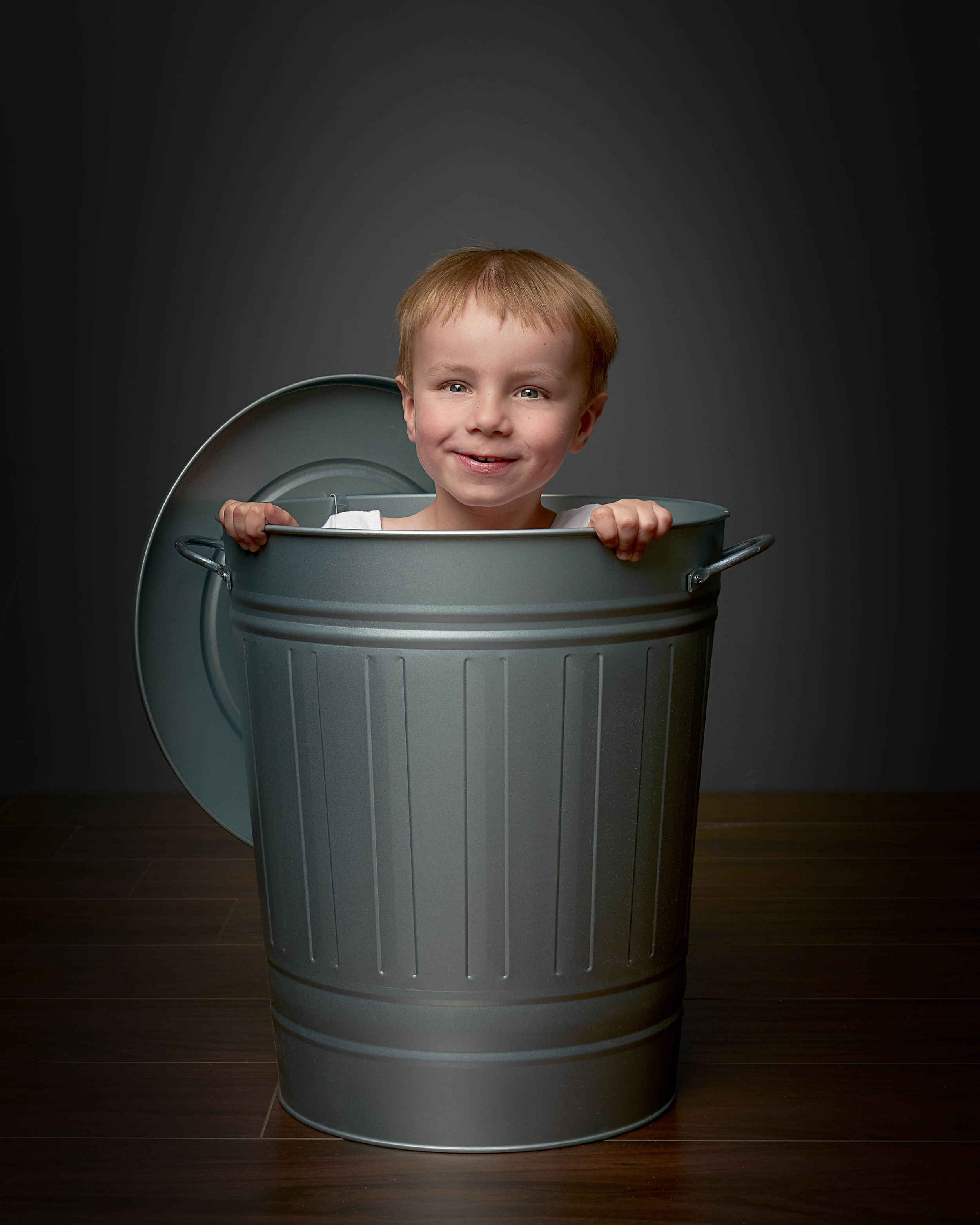

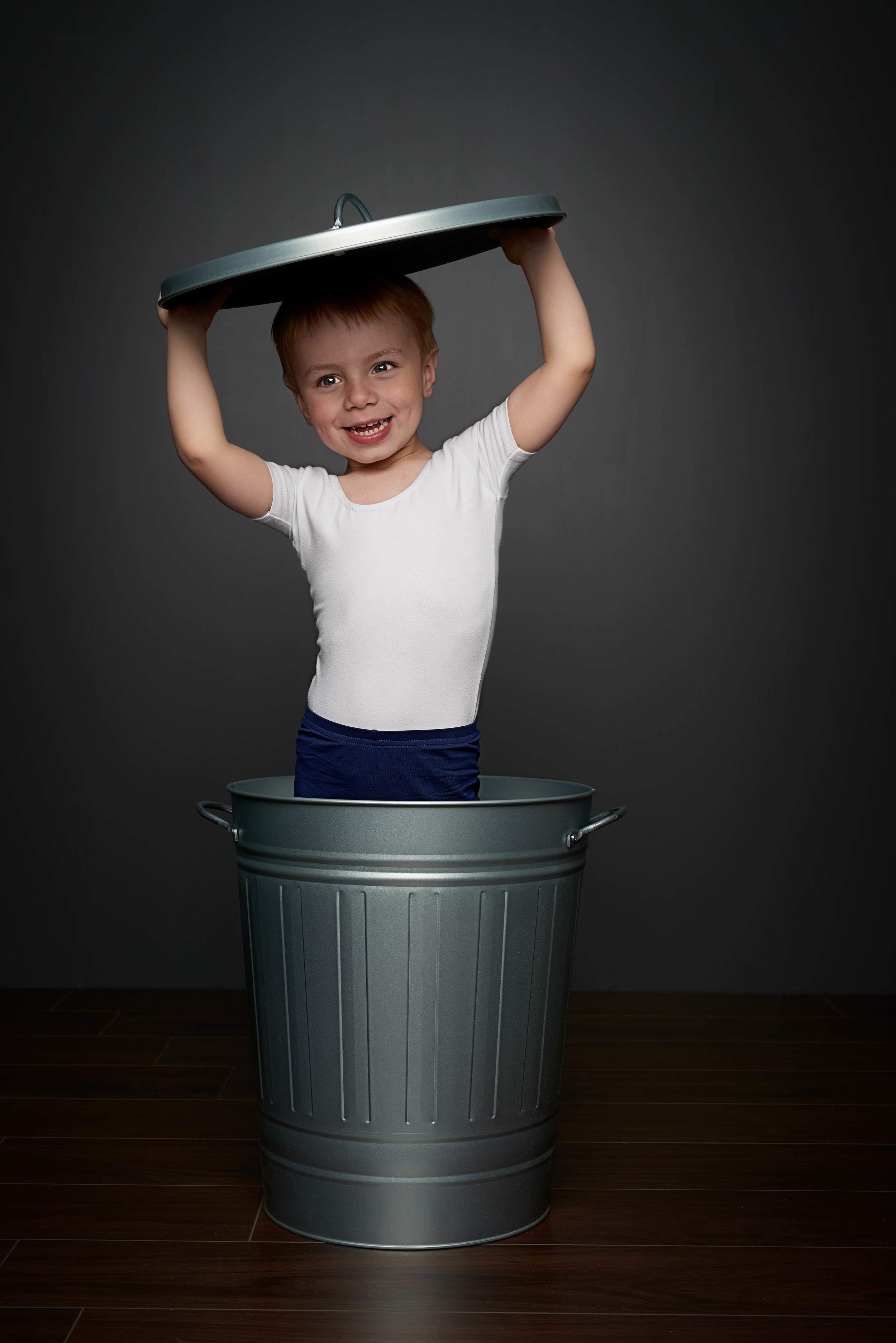
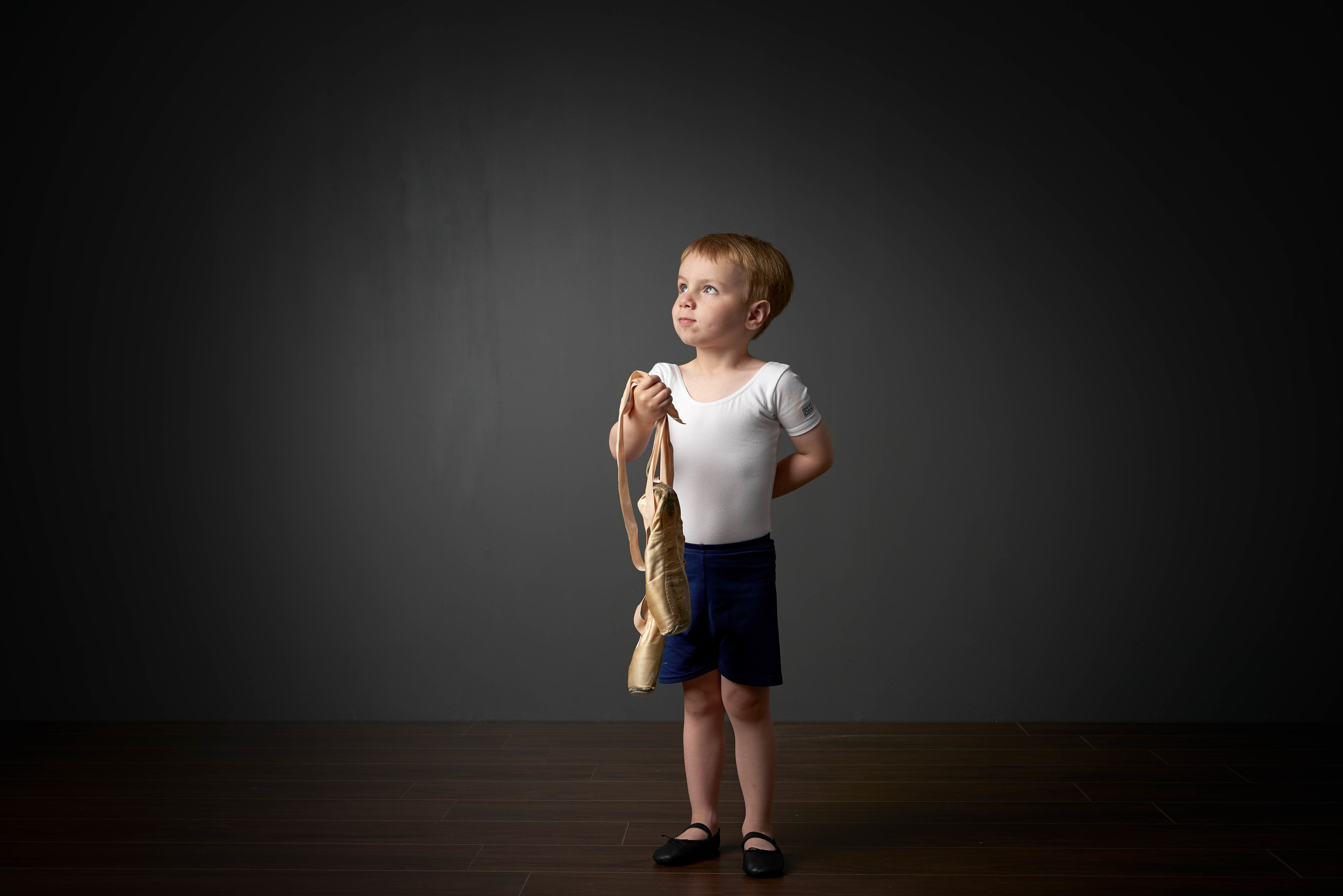
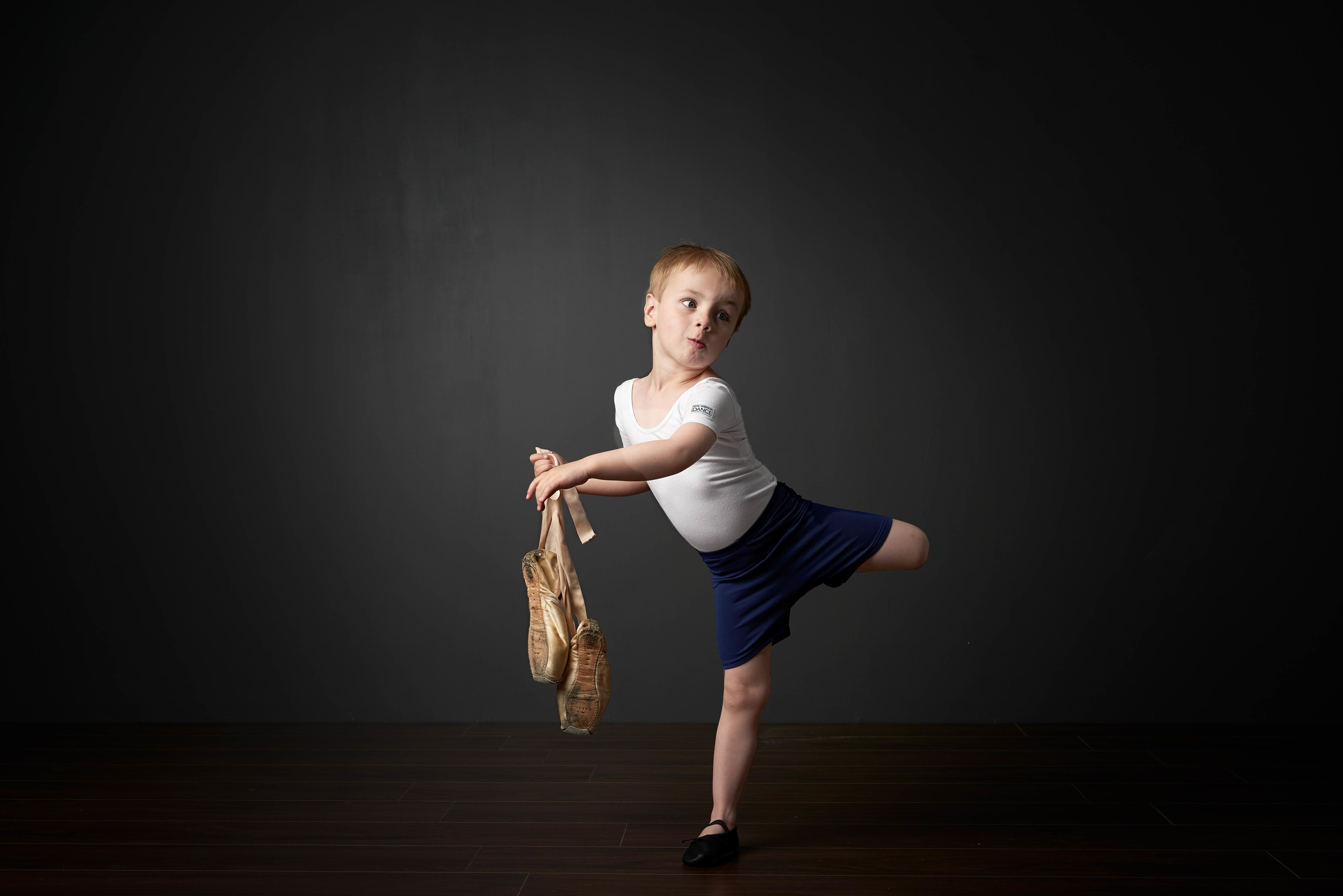
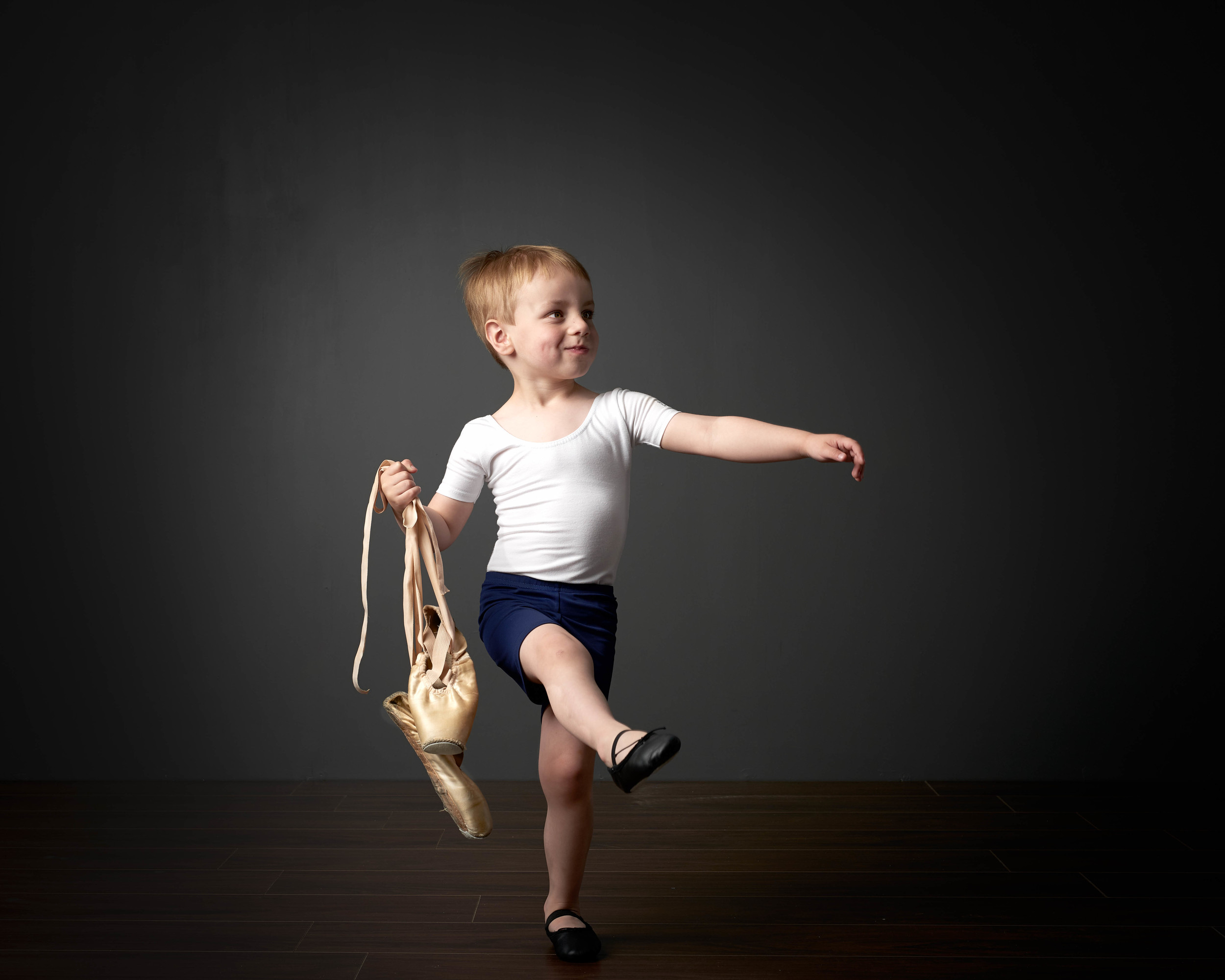
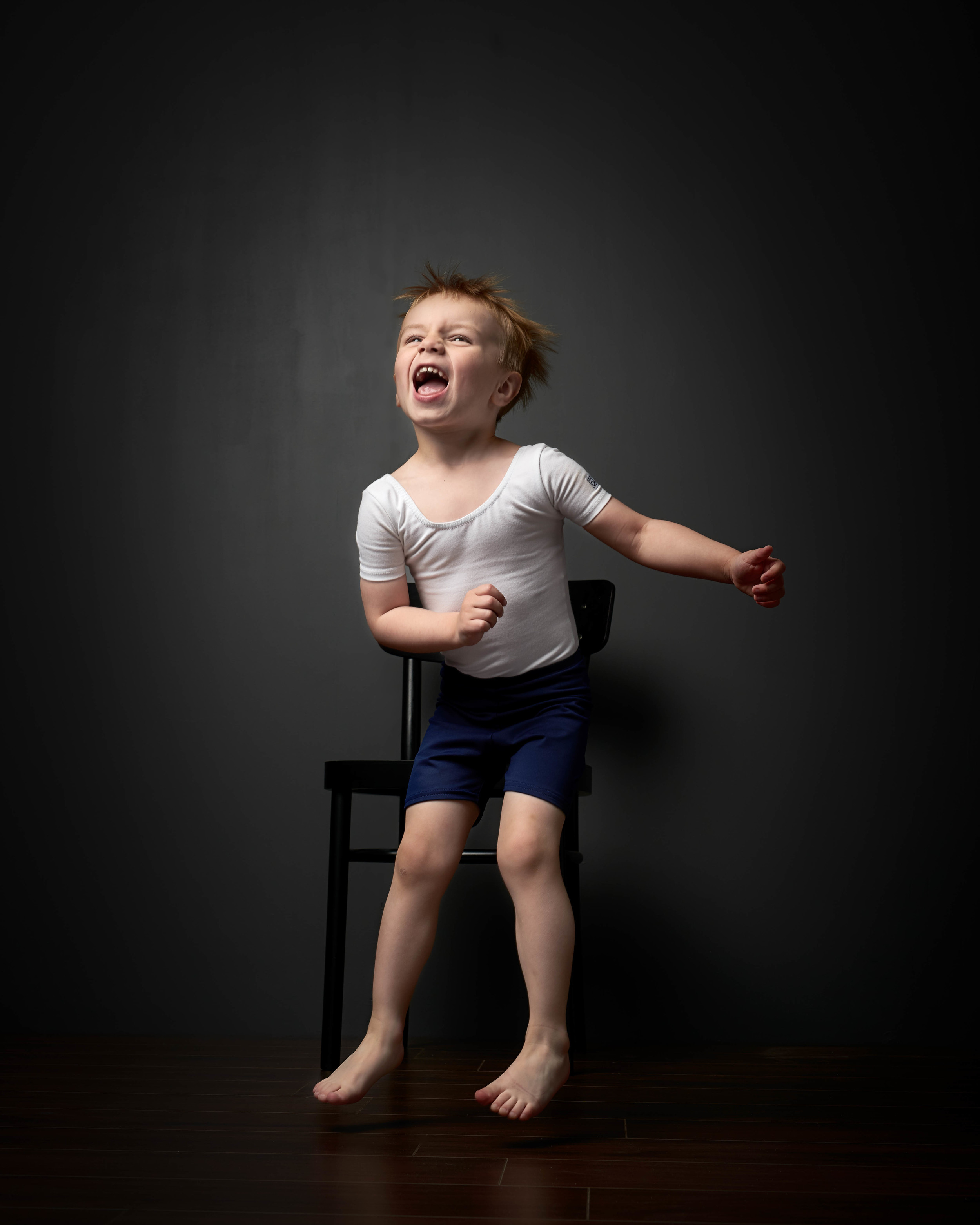
Leica Test Drive: Leica M (Type 240)
A few weeks ago Leica announced the Leica test drive. I have always been interested in Leica camera's, but never wanted to invest in it before I could test it. So the Leica test drive was the chance to test out a Leica in a real world situation. So I organised a photohoot to test it out and used it on 2 commercial jobs in the same weekend.
The Leica M (type 240) Kit
In the Leica test drive kit was the
- Leica M (type 240)
- Leica Summicron 50mm F2.0 ASPH
- Leica Summicron 35mm F2.0
- Leiva EVF2 Electronic Viewfinder
- Charger
- Card reader
- Case
First Look at the Leica M.
The first thing you notice when you hold a Leica is the build quality. These camera's are build like a tank. They don't look ergonomically, but are very pleasant to hold. The further lay-out is really simple. On top is the shutter time and release button, with the on/off switch. With the on/off switch you can also chance from, single to continuous or timer mode. Also there is a small button voor Movie mode which I haven't used. The Hotshoe has a nice slider to fill it up when it isn't in use.
The back panel has a kind of okay LCD screen, the buttons for LV (LiveView), Play(back),Delete, ISO, Menu, set. On the right side is the D-pad with an info button. At your thumb is a wheel for different tasks, like scrolling the menu and exposure compensation. The viewfinder has a small ring without a diopter, which for me as a glass wearing person wasn't the most comfortable.
If you unlock the bottom plate you get acces to the SD card and the battery. I am not really fond with this, especially when you want to use it with a tripod. Then you have to unscrew everything before you can change the battery or the SD card.
The Leica Summicron 35
The Leica Summicron 35mm f2.0 is delivered in a greatly designed leather softcase. It had a rubbercap to put on the lens hood for if you don't want to use the lens cap, which you can store in a special part of the lens softcase. The little grip makes it easy to focus with. The focus ring is smooth as butter. The aperture ring is nice but has a little bit of a cheaper feel. I have had lenses where the aperture ring felt better.
The Leica Summicron 50 f2.0 ASPH
The Leica Summicron 50mm f2.0 has the same build quality as the 35mm. I missed the little focus thingy of the 35mm! Which made focussing a little harder. For the people who don't know. This €12.000 camera kit has NO AUTO-FOCUS. But the manual focus system with the two glasses works brilliant! Because it is a range finder you get frame lines in the viewfinder representing the area that is in your frame. The 50mm is for me the longest lens to use with this. For longer lenses I would love to have the Hybrid Viewfinder like the Fuji X-Pro1 has. But for working with the Leica Summicron 50mm is good enough!
The Photoshoot
To really test the camera I organized a small photoshoot. I had a lovely Ballerina (Charlotte Geeraerts, two assistants (Mike Foto and Riet Verwoert), a person who filmed it (Ilse van Gemert) and my MUAH Elvira Korten (Made of Make up). For location I rented the Metaal Kathedraal in Utrecht. A behind the scenes video is posted at the end of this blog!
The Images
The most important thing off any camera, the images!
The Leica M has some film simulation. I liked the smooth color the most. It has the "Add the red chanel for contrast" in photoshop look. On the back of the camera it looked great but on the computer the shadows where to dark. Since I always shoot Jpeg+Raw (DNG in de case with Leica) there was nothing to worry about. Below are two images, one is the Jpeg and the other the raw file exported from Lightroom as a Jpeg.
For me the camera worked best in available light. Below are 3 pictures shot only with the ambient window light. Please also notice how much of a difference you can make with just walking around the model!
When I combined flash with natural light the white balance got it pretty right!
Conclusion
I loved working with the Leica M (type 240) with the Summicron 50mm f2.0 ASPH and Summicron 35mm f2.0! Allthough it is manual focussing, it works. The layout of the camera is simple. Everything you need, nothing you don't with a build like a tank body. Everything feels sturdy!
But, is it worth the €12.000 price tag? Well..... for me it's not. That doesn't mean I wouldn't like to have this camera kit, because I really do! But the price is to high for me. I don't see the extra benefit's over my current kit with the Nikon D800 and D610, and my fuji kit. I love the whole feel and look and way of working, but the image quality isn't like, 6 times better than the €2000,- Nikon D610 basic kit.
If I was a fulltime street or reportage photographer this camera would fit like a glove, it is low profile, light, portable. Also for fashion or commercial works it can do the job. It isn't an action camera. Although if you know your technique you can do it!
So my final conclusion. The camera is great, if you have the money, buy it! If you don't, then you don't miss anything. The camera is a tool, the photographers make the difference!
Watch the behind the scenes video of the ballet photoshoot in the Metaal Kathedraal
DANCE PHOTOGRAPHY SESSION PART 2: The group shot on the wall
Hi and welcome to the second part of the Dance photography session. This serie is about a commercial dance photography shoot I did for Djenz Factory. If you didn't have read the first part about the Headshot, click here and read about it: DANCE PHOTOGRAPHY SESSION PART 1: THE HEADSHOTS.
The set-up
As you can see in the test production photo the whole set-up was just one light! The Elinchrom Rander RX Quadra, with an A-head in the A-port for the biggest blast of light. Everything was mounted on a C-Stand with three sandbags and my assistent holding it. It went up for the maximum height, and I didn't want to take any risk of it tipping over. The camera was the X-Pro1(ISO:200, 1/125th, f8) with the Fujinon 18-55 2.8 - 4 lens at 18mm.
Post-production
Because this was a group shot on a 16mp camera I kept the post production very simple. These shots are about the group, not about retouching every skin detail. And for doing that, there was not enough information to make the skin look better. So I just focused on getting the mood. So all I did were some basic Lightroom touches. Just some sharpening, highlight, shadows, and a vignette to focus the view on the group.
Shooting portrait and landscape
Remember always to also shoot and deliver a Portrait and a Landscape version of the photo. This way your client has the option to choose and have the highest quality for the way they want to use it.
Dansers, en 5D mkII vs Fuji X100
Zondag ben ik met 4 dansers van Djenz Factor naar Amsterdam geweest voor een locatie shoot. Omdat we redelijk mobiel wilde blijven had ik mijn gear redelijk beperkt tot een Eastpak Snapper rugzak met daarin:
- Canon 5DmkII (nog steeds mijn werk paard)
- Fuji X100 (mijn nieuwe liefde)
- Canon 24-70L 2.8
- Canon 430 EX II
- Setje gels
- Honl Grid
- Cactus V5 tranceivers
Verder nog mijn 5-in-1 reflector en een statief tas met een statief en de Wescott 28" Apollo softbox. Deze softbox is nu de basis voor mobiel portretfotografie.
Java-eiland
Het leuke van het de omgeving van het Java-eiland vind ik dat het diverse plekken bevat waar je kan fotograferen. Op een paar meter afstand gaan de gebouwen van oud naar modern. Tevens is het er vaak erg rustig. Je kan er dus erg op je gemak werken.
Werken met dansers
Tijdens fotografie sessies vind ik het belangrijk om een goede leuke sfeer te houden. Er moet ook gelachen kunnen worden en soms wat foto's puur voor de lol. Daarnaast is het met dansers extra op te letten dat de dansers goed opgewarmd zijn ook niet over vermoeid raken. Dan maar even een pauze of iets anders dan een blessure.
Voor de gene die nu denkt van als je de belichting goed instelt is het toch zo klaar? Nou, met dansers komt er een extra factor bij. Als je hem afdrukt en alles klopt, belichting, feeling sfeer, etc. Maar bijvoorbeeld de voet staat dans technische niet 100% goed moet de foto toch opnieuw.
Canon 5D mkII vs Fuji X100
Video
Camera: Tim Kockx, Montage: F. Knijn




